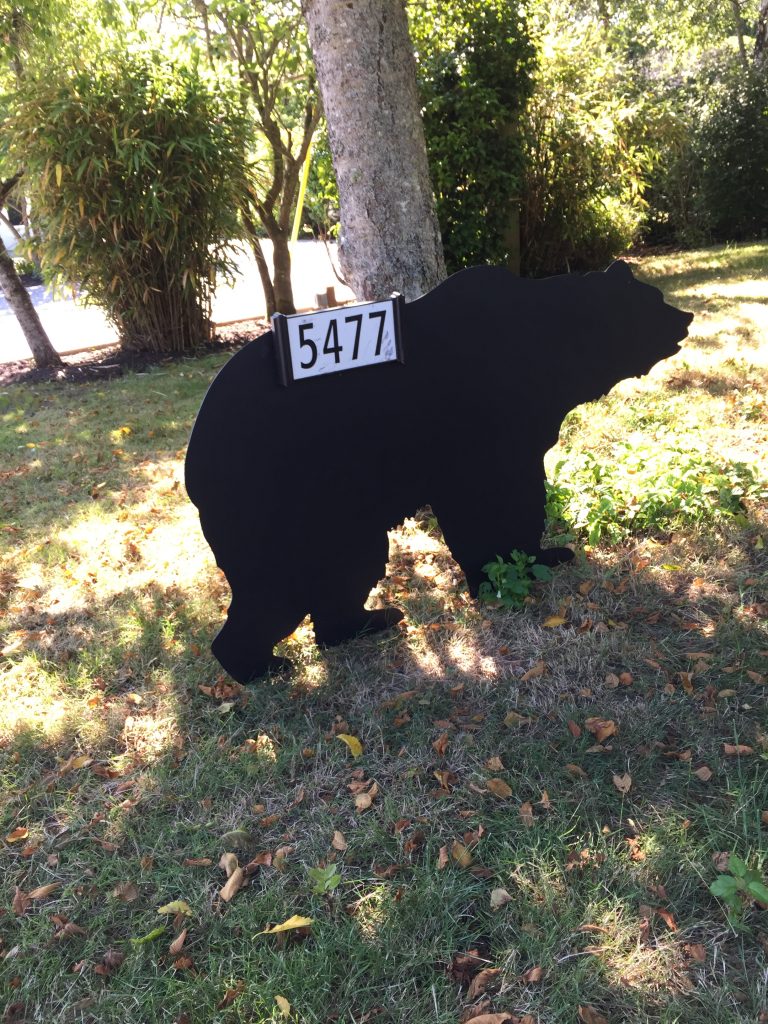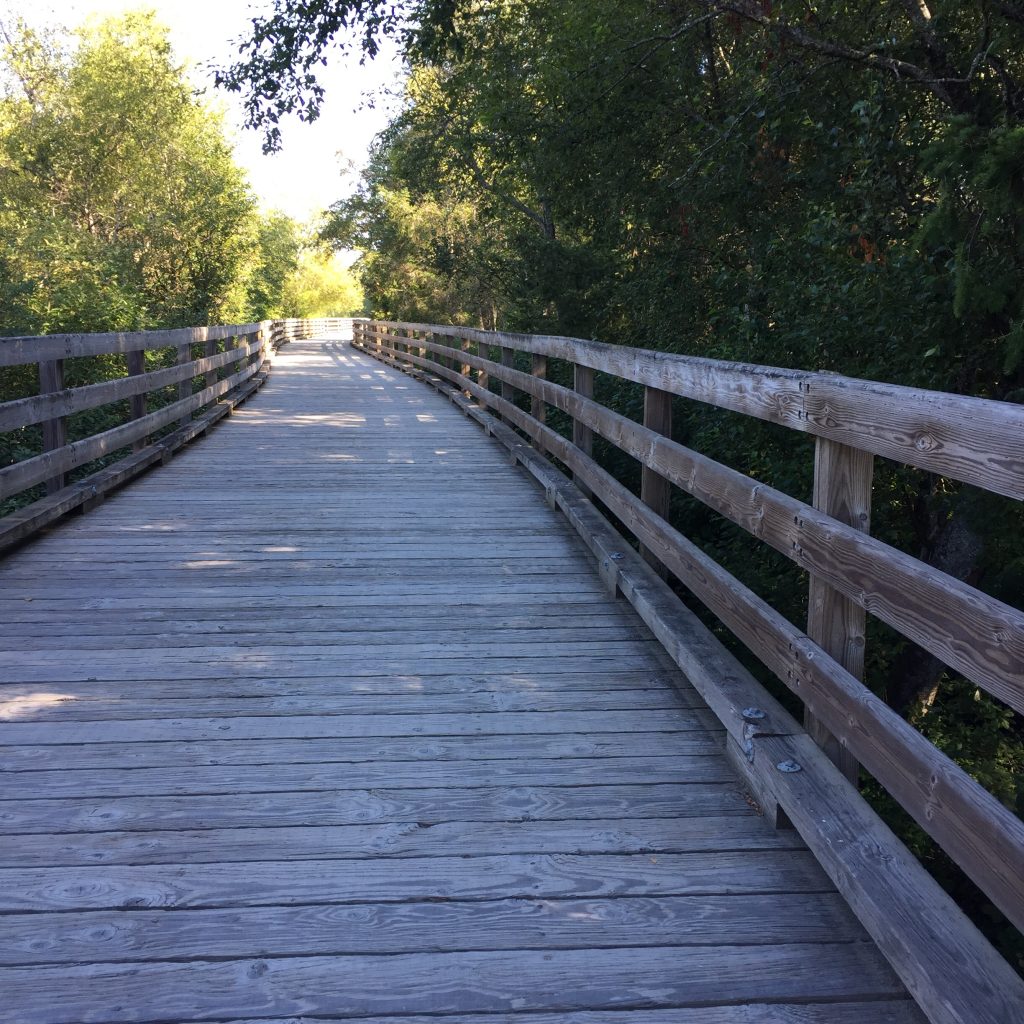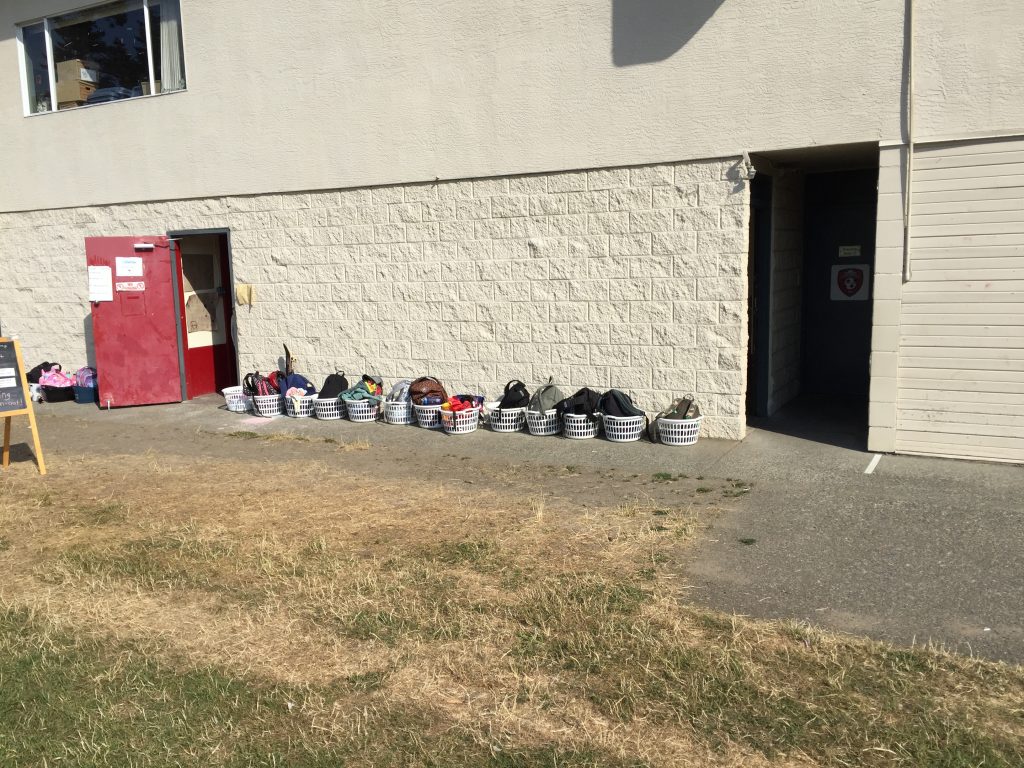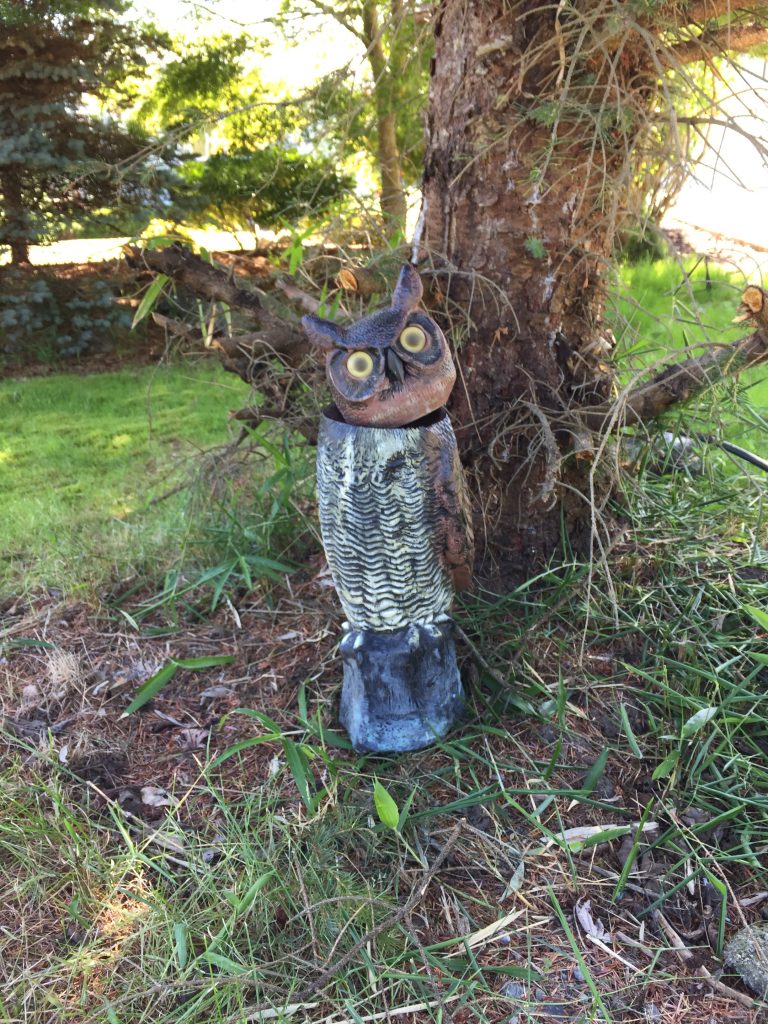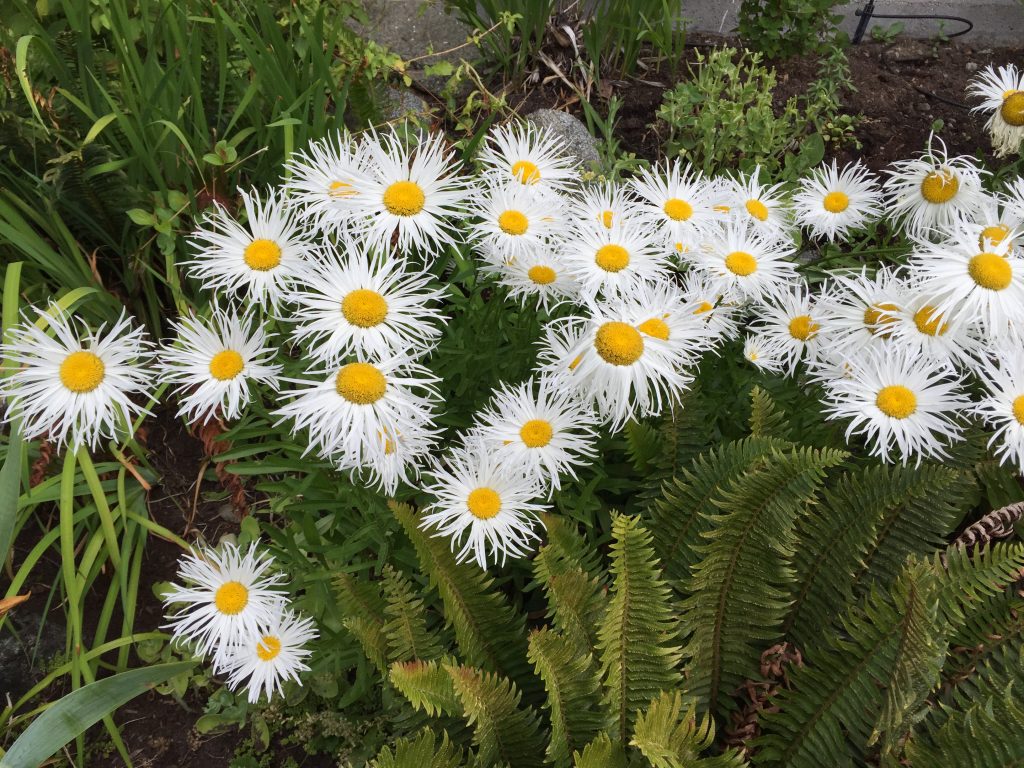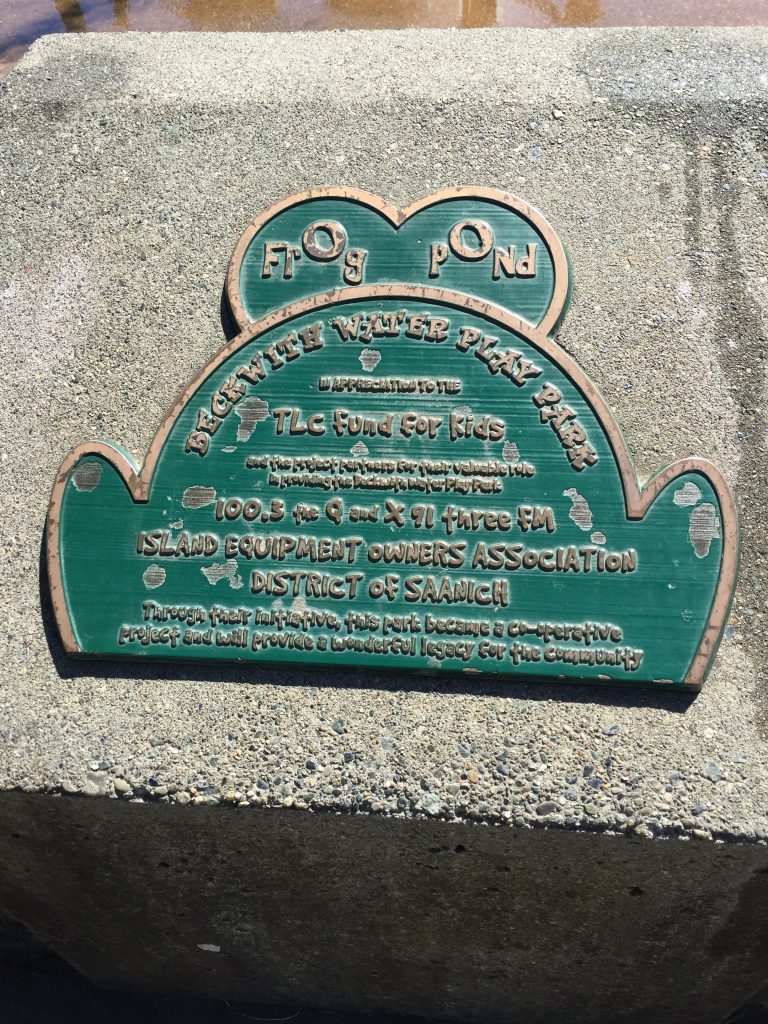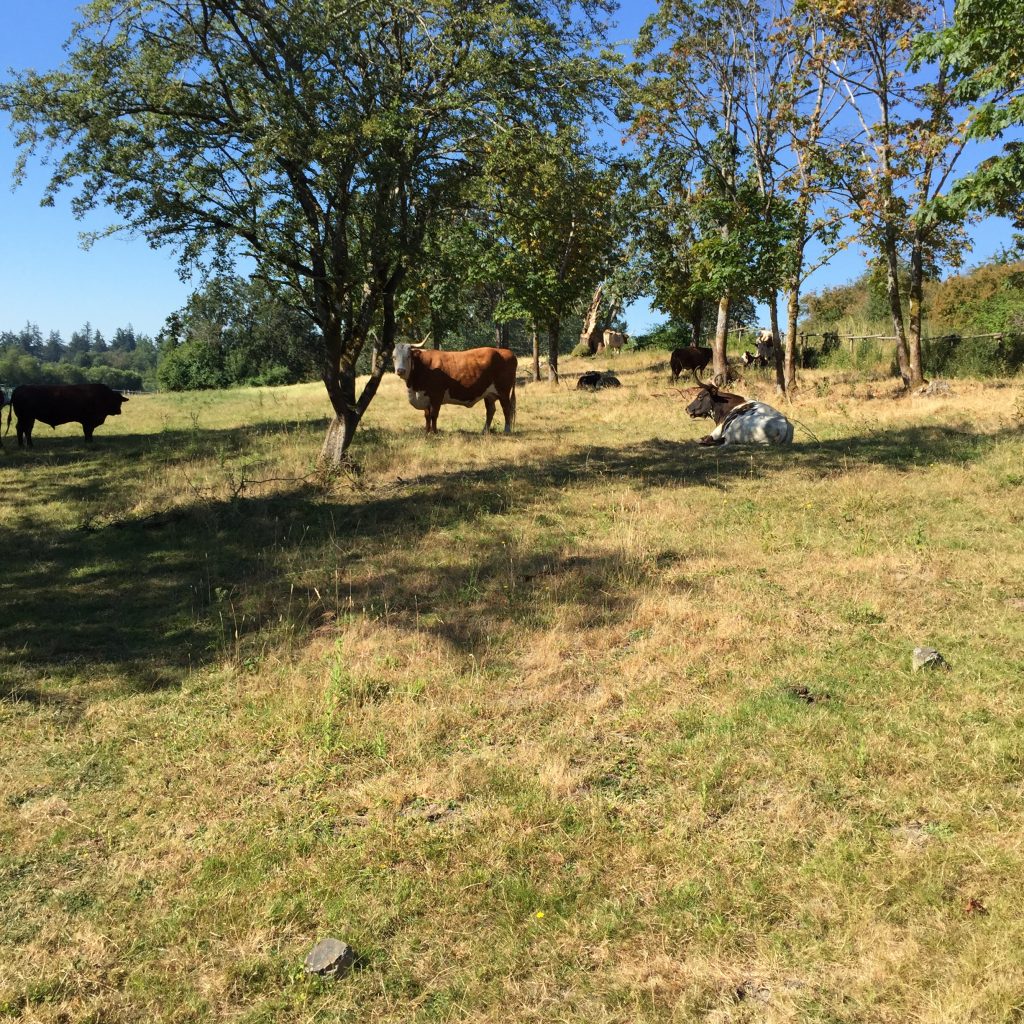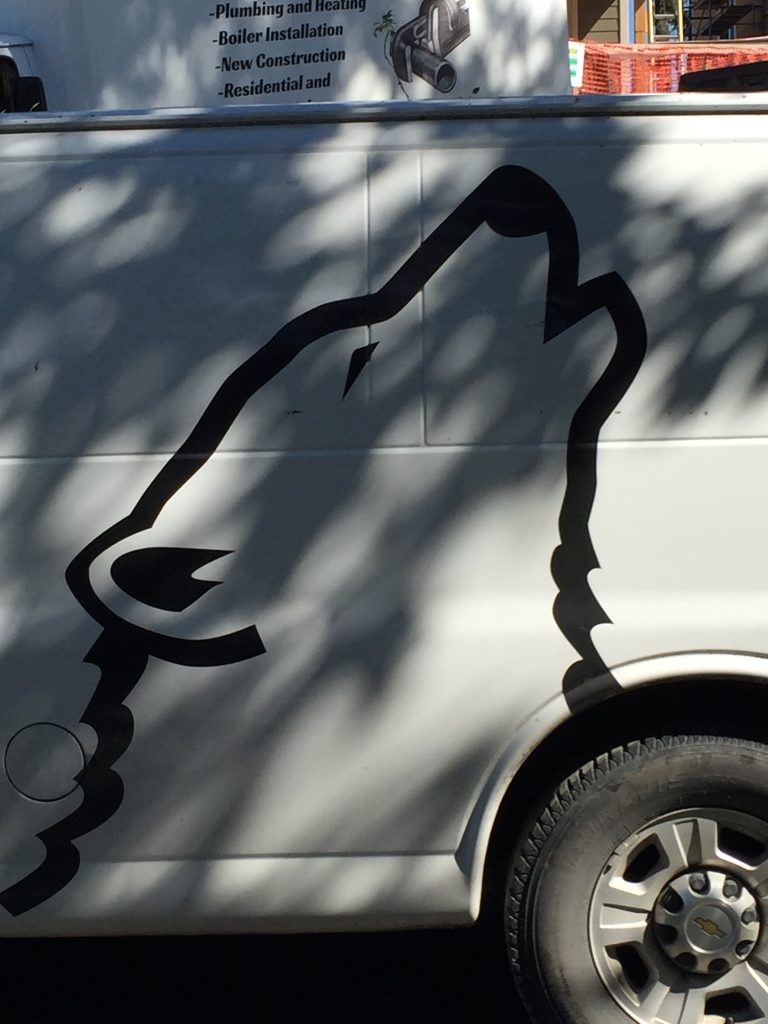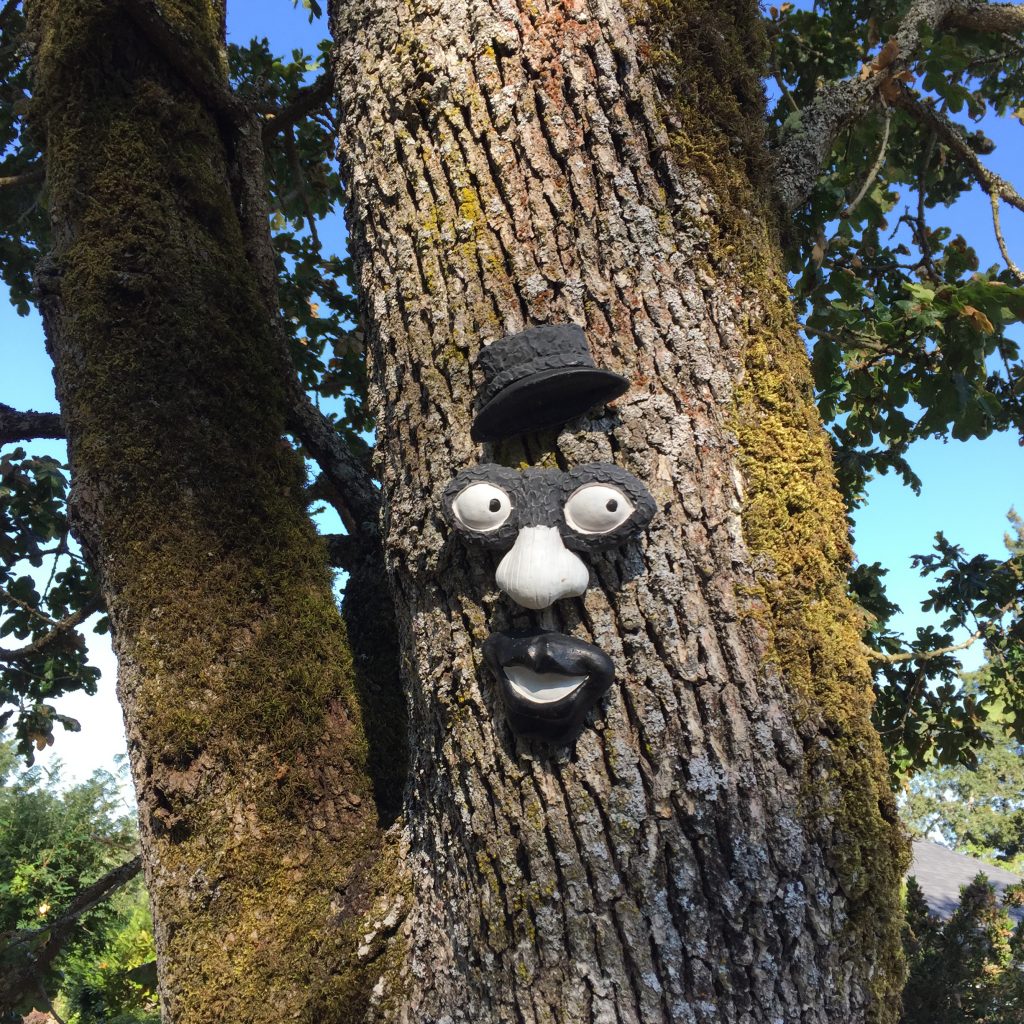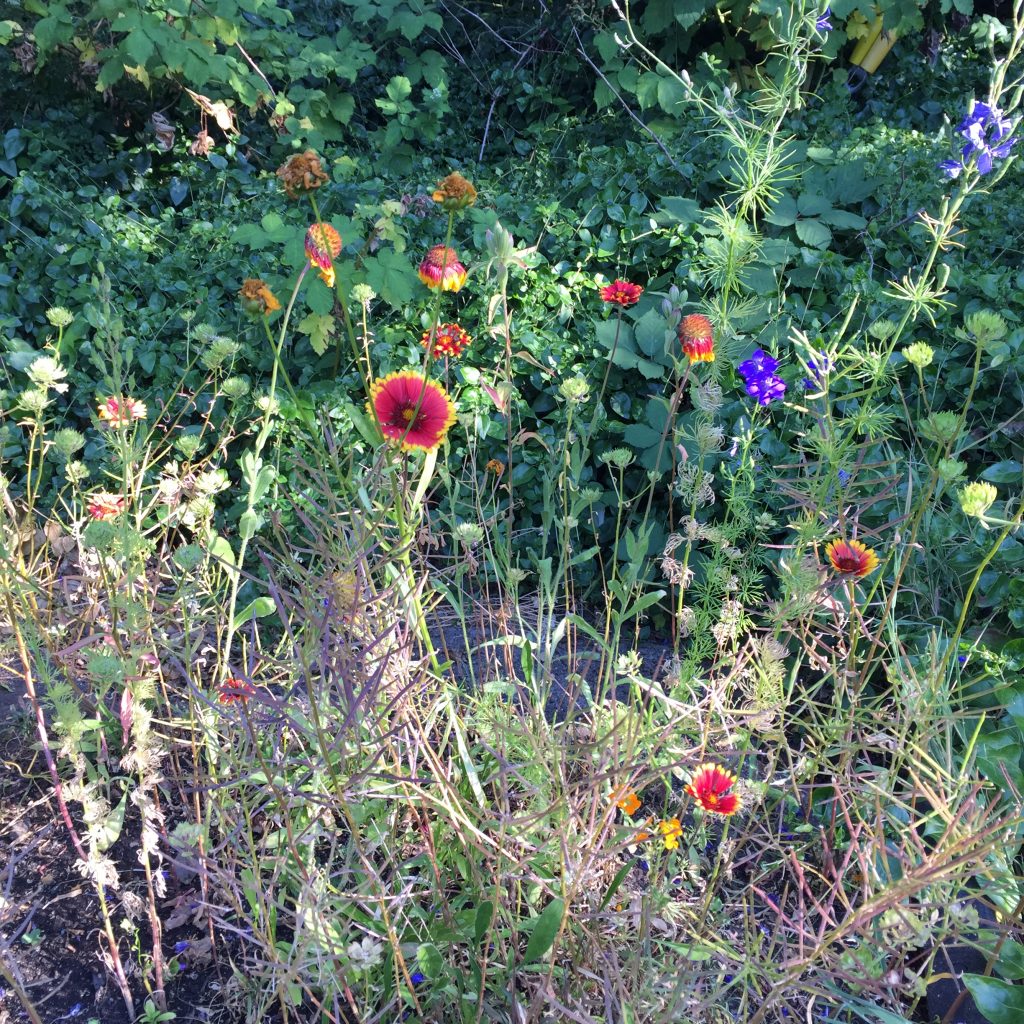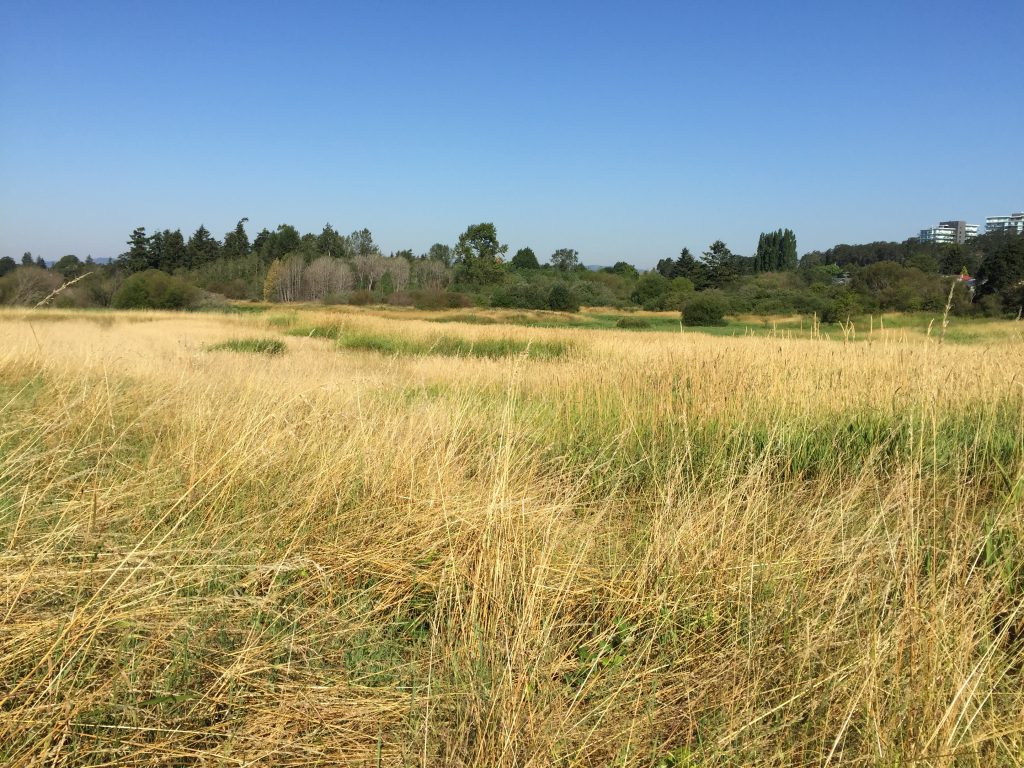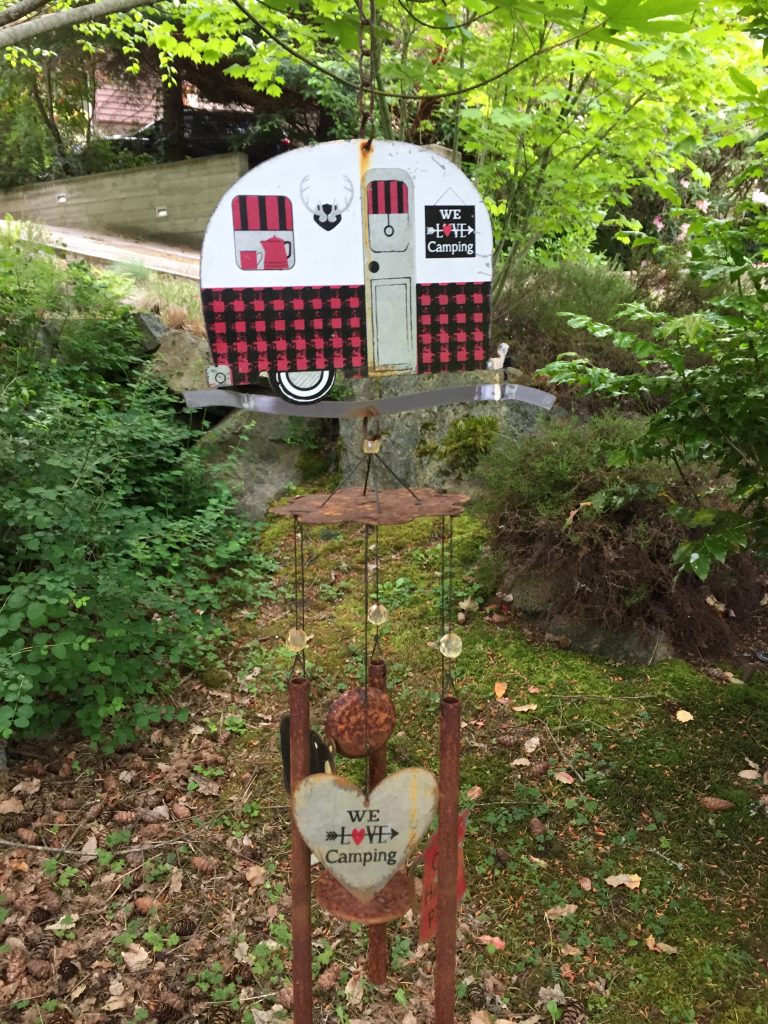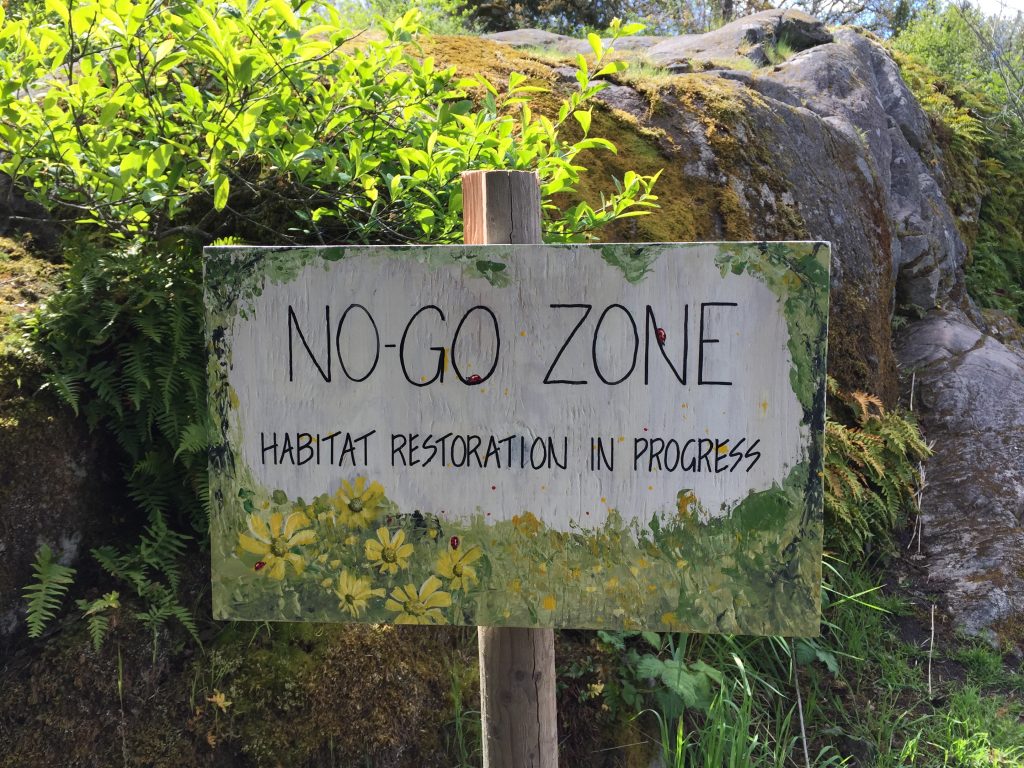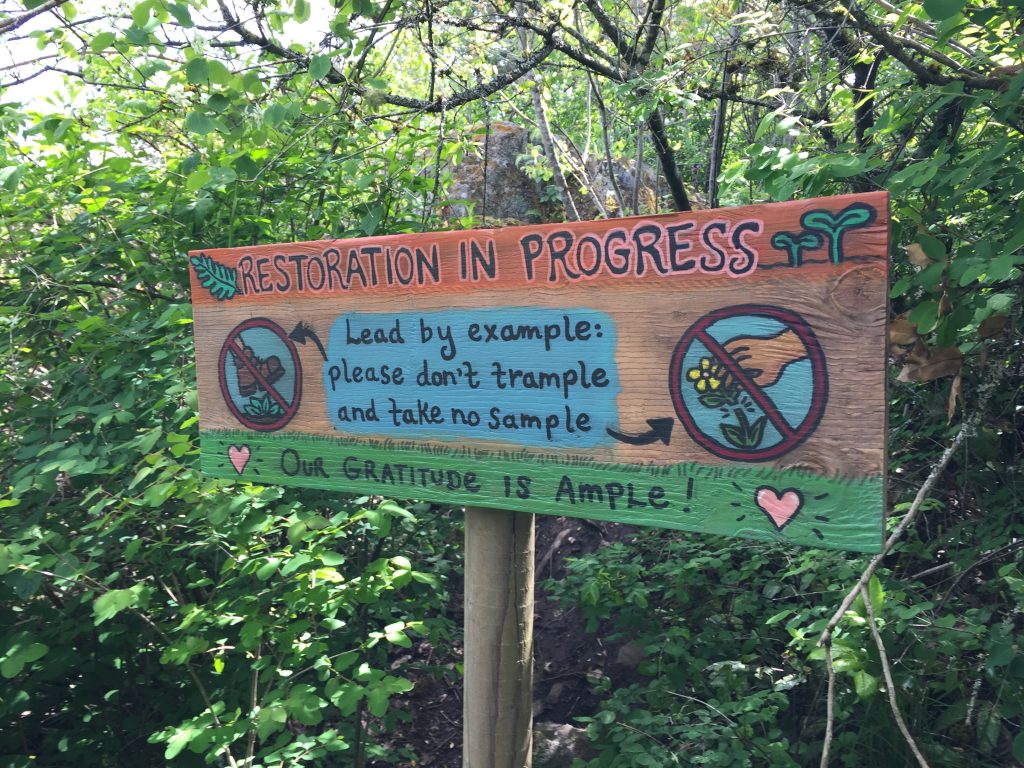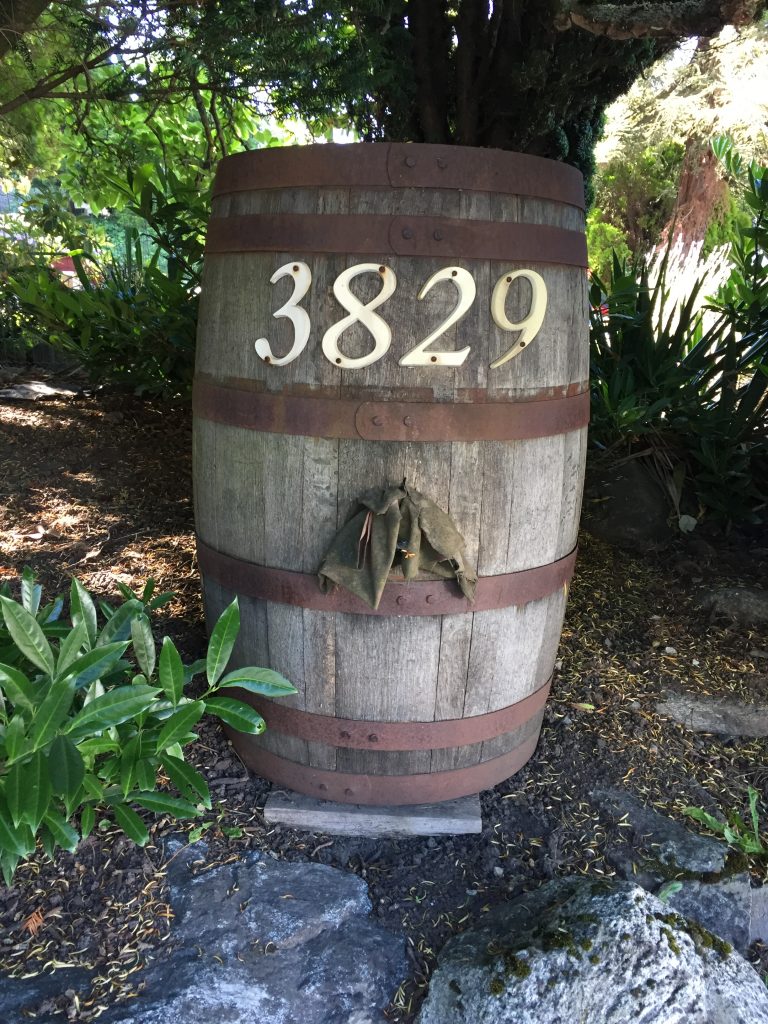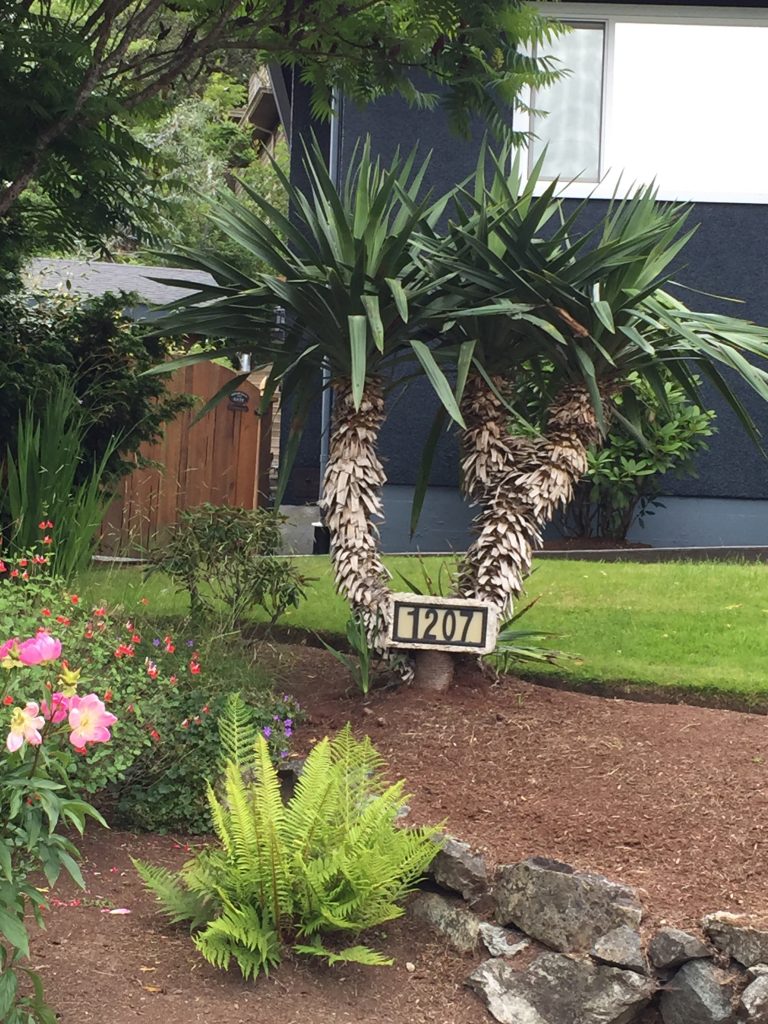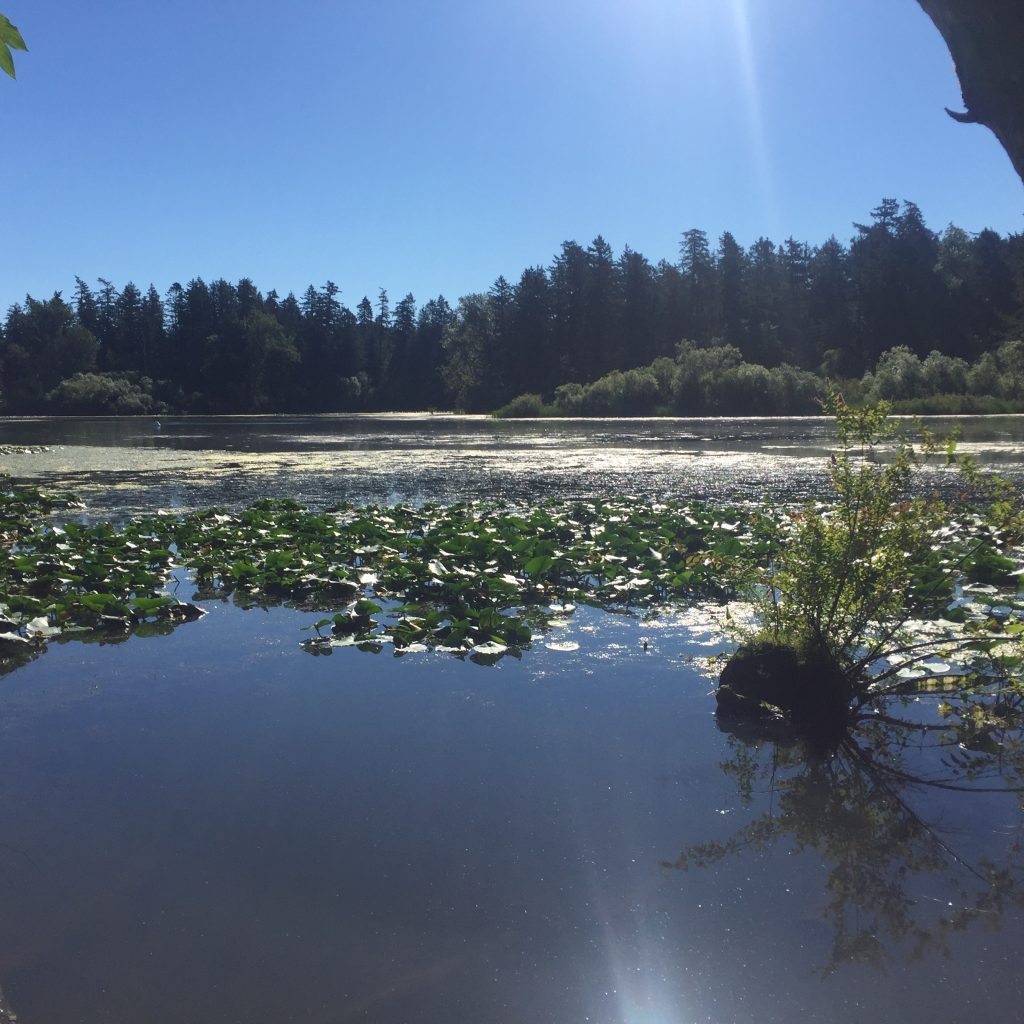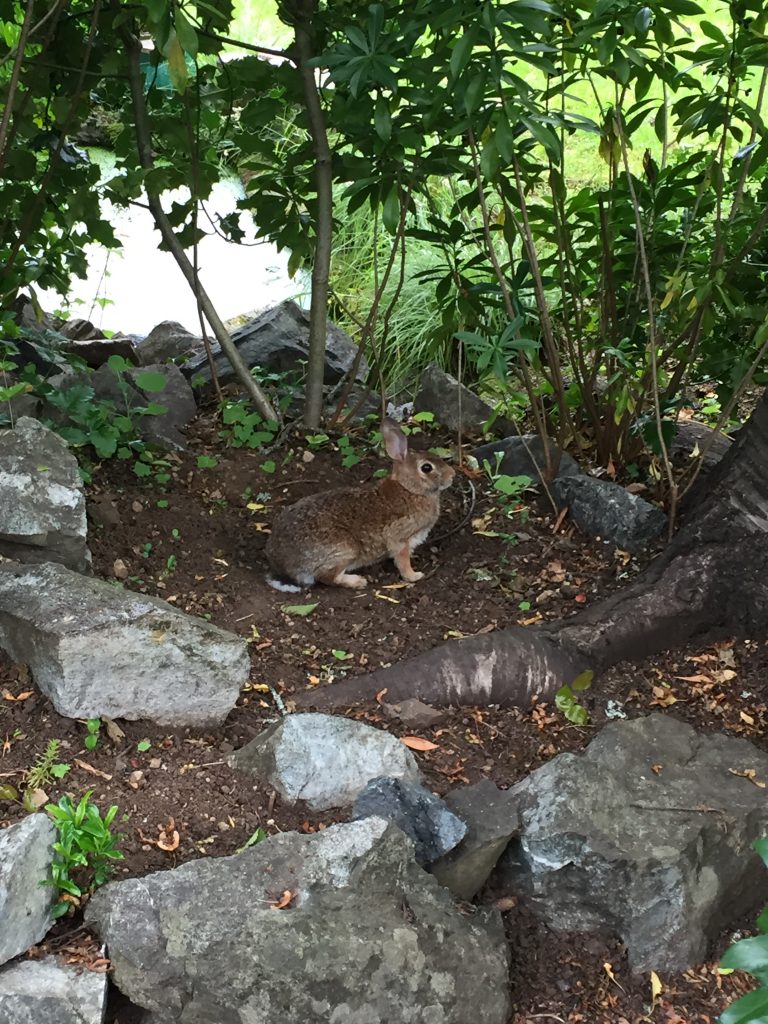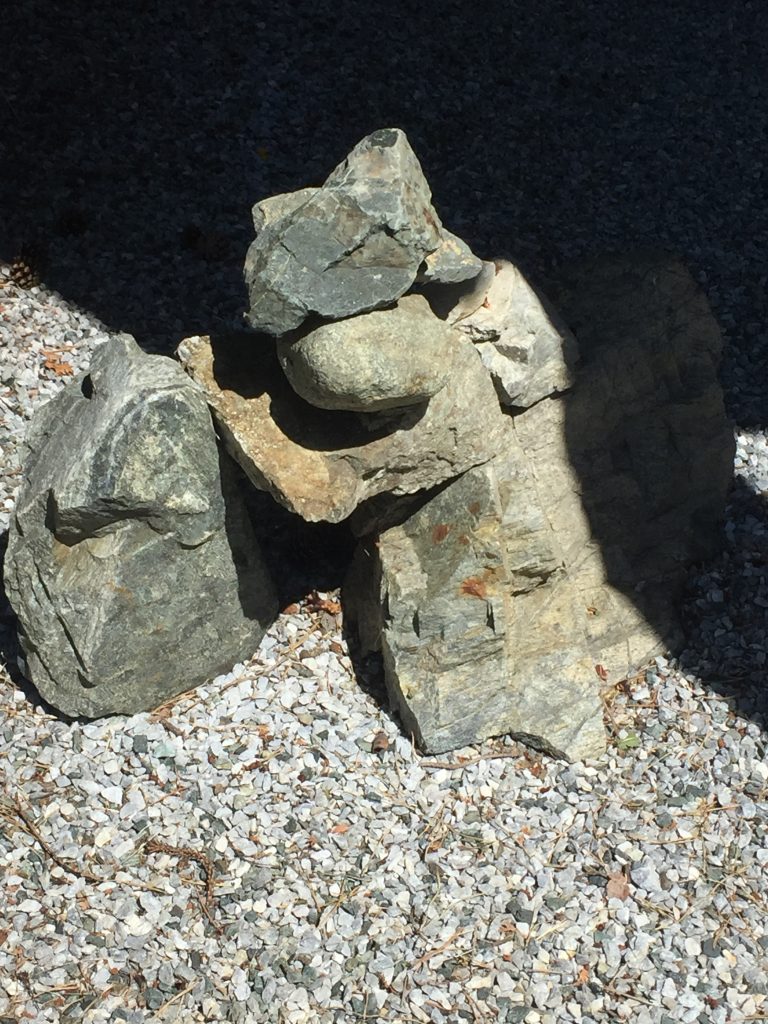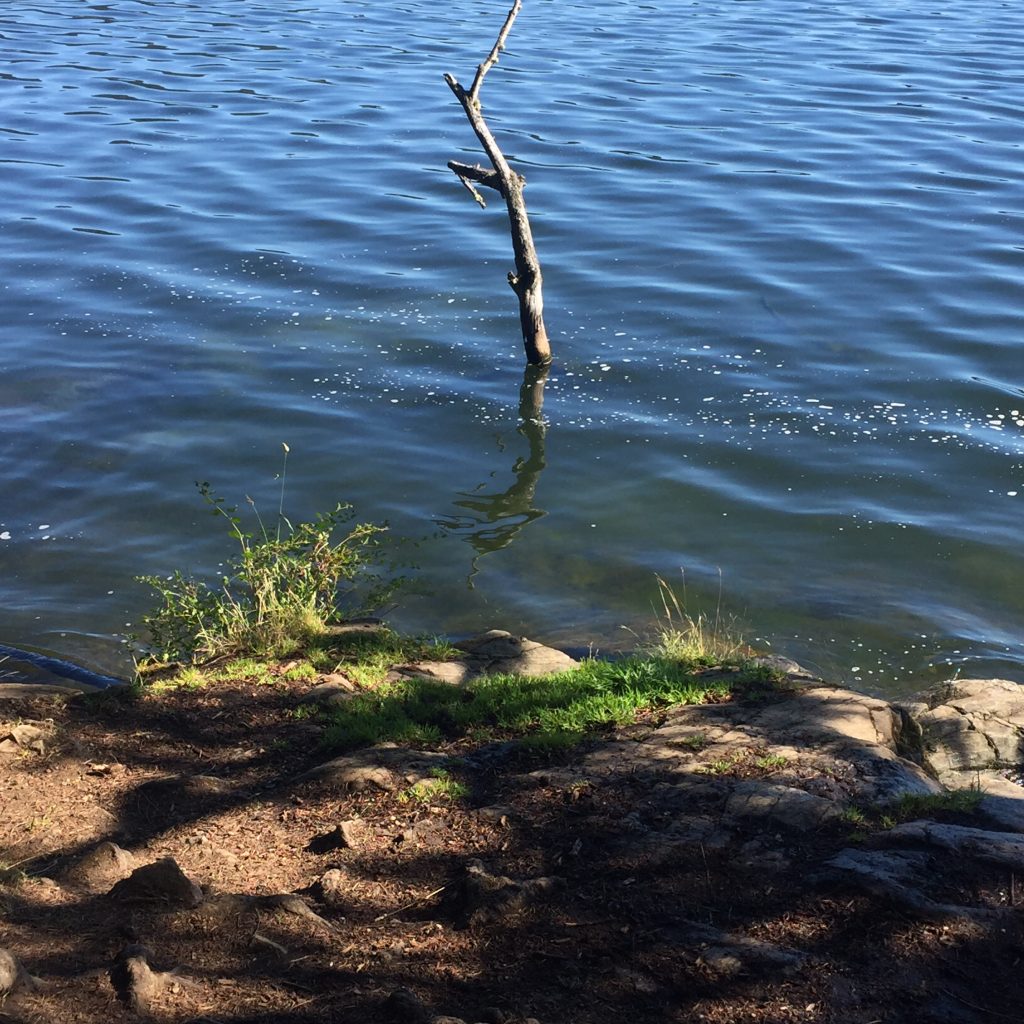
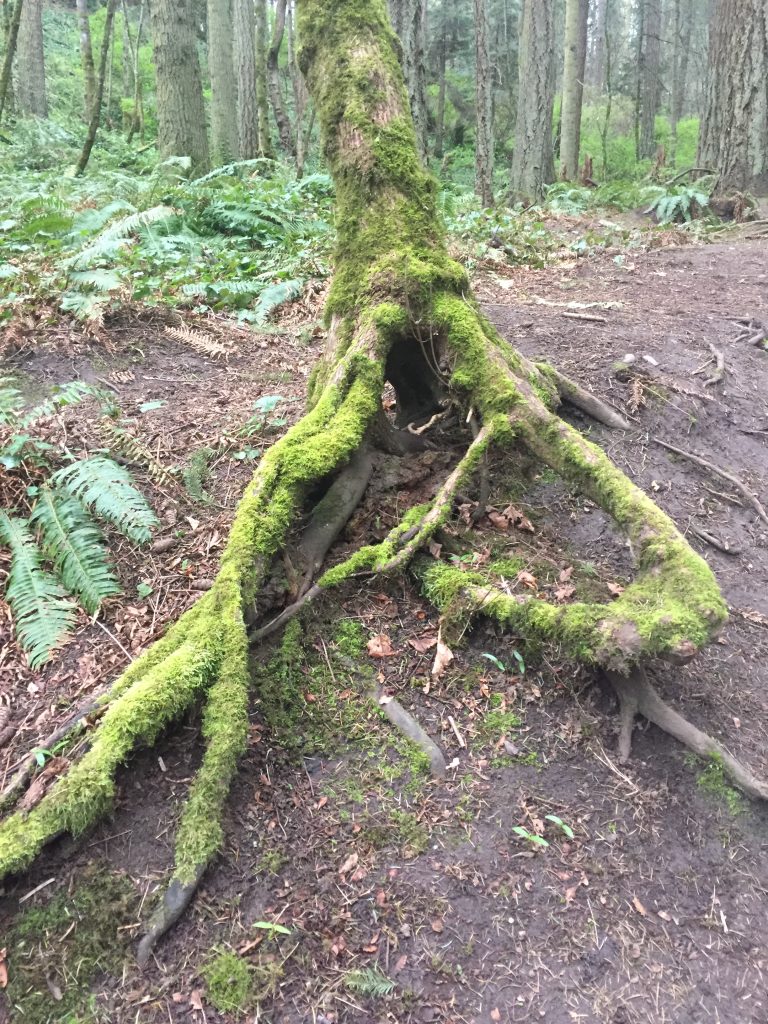
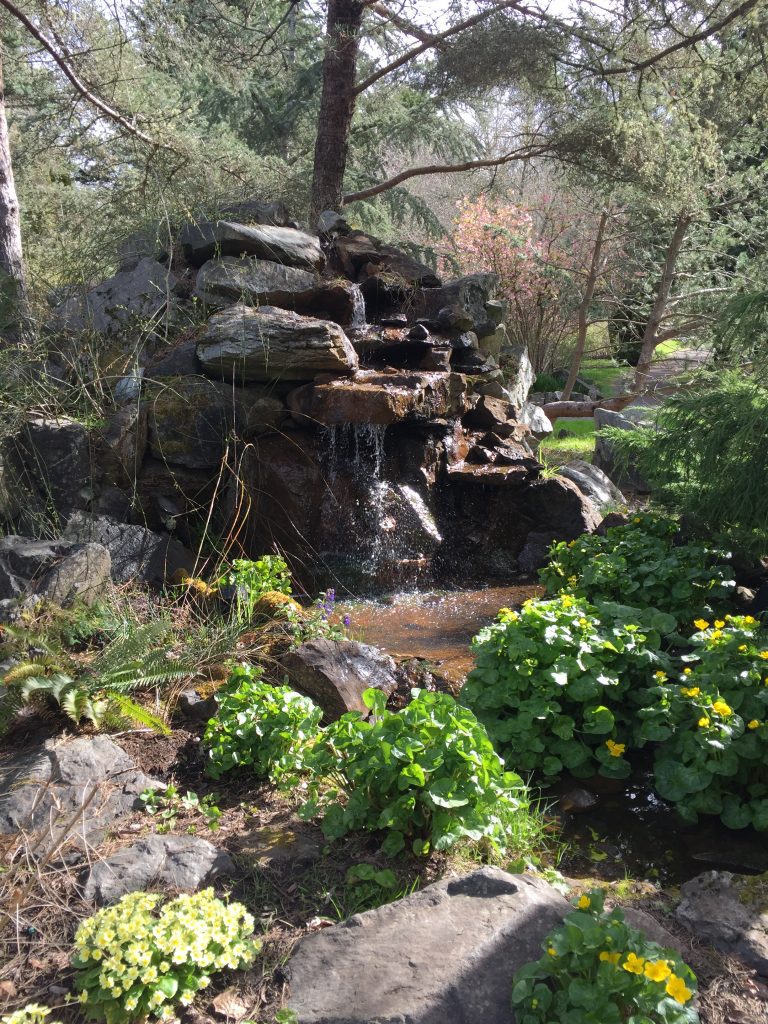
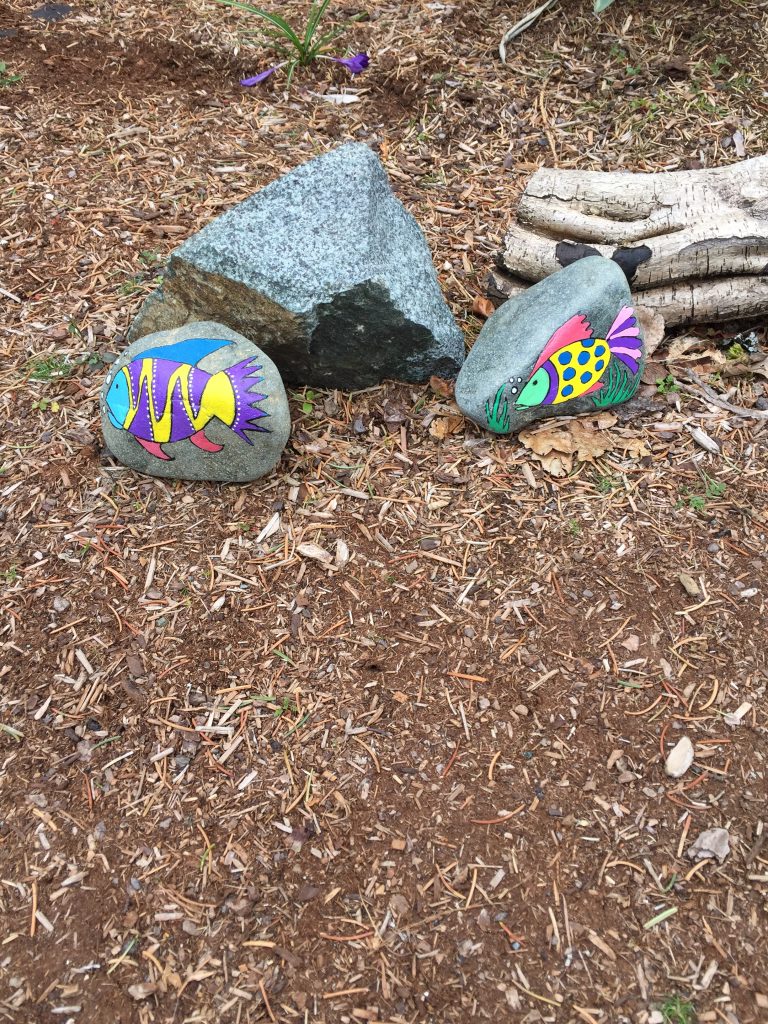
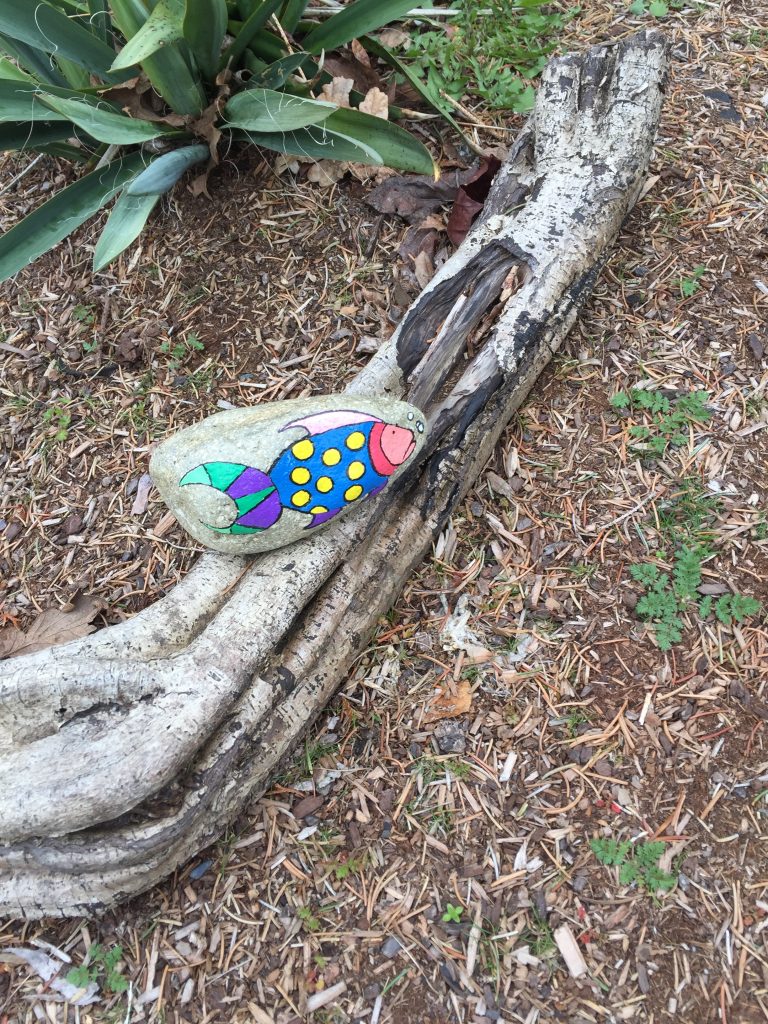


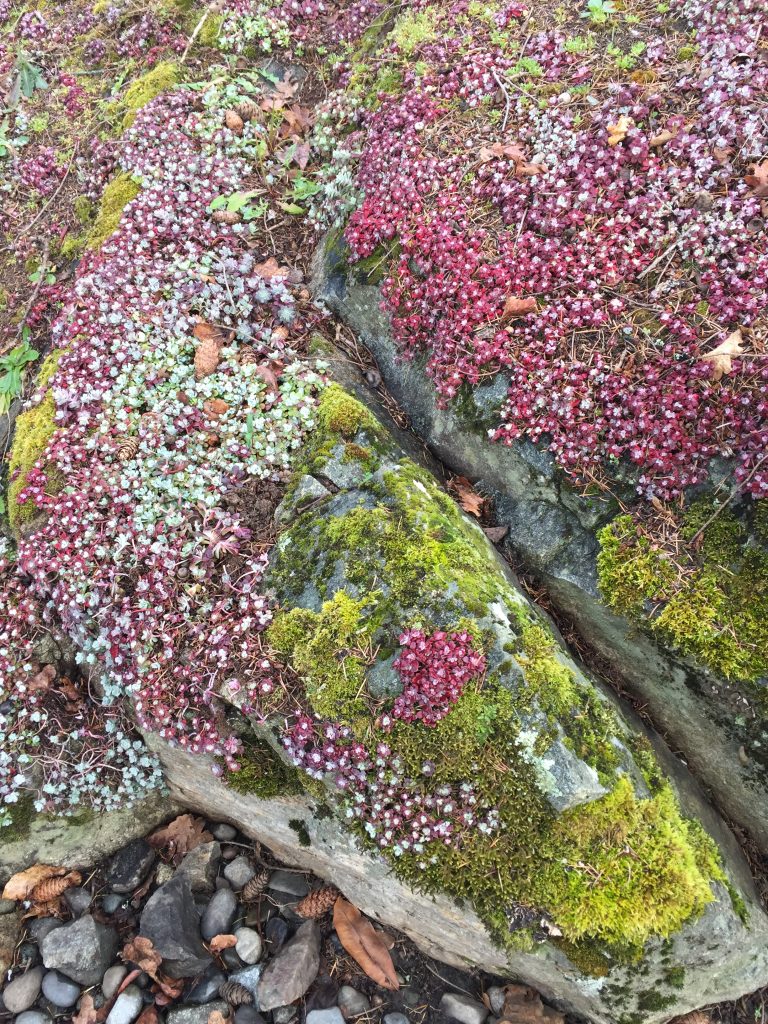

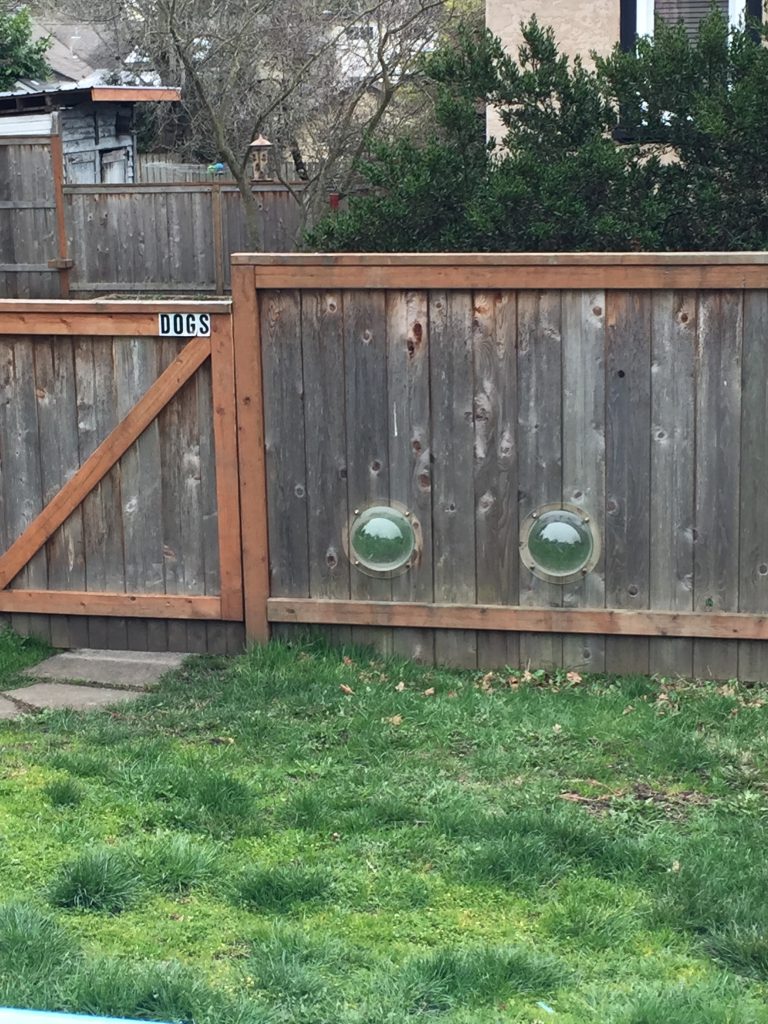










Canada lynx sets mark for longest trek: 2,000 km
Male wildcat made his epic journey from Colorado to north of Banff, where he died on a trap line
It’s not called the Canada lynx for nothing.
Wildlife experts are describing as “incredible” the 2,000-kilometre journey home of a tuft-eared wildcat that was captured as a young adult in B.C. in 2003 and transported to Colorado for a landmark lynx-reintroduction program. There it fathered at least six offspring before heading for home.
It was trapped this winter in Alberta. Its homeward-bound, cross-border odyssey to Canada, culminating with its death on a trap line north of Banff National Park in January, is the longest ever recorded for the species — by far.
Despite the animal’s unfortunate end, its epic trek over such a vast expanse of North America — across countless highways, numerous mountain ranges and probably a stretch of northwest Colorado desert — is being hailed as an inspiring sign of nature’s resilience after generations of severe habitat loss and depleted wildlife populations.
The journey of the nine-year-old lynx — known to scientists in Canada and the U.S. as specimen BC-03-M-02 — is bound to become a classic case study for biologists, says University of Alberta lynx researcher Gabby Yates.
“The fact that he made his way back so far, and fairly close to his original location in B.C. — that’s not too shabby for not having a GPS,” she said. “It’s just amazing.”
Yates was conducting a lynx-tracking project this winter in southwestern Alberta, where the animal is plentiful, when Rocky Mountain House trapper Brian Anger — who had been collaborating with her team to try to avoid capturing radio-tagged animals — called to break the news that a collared lynx had been killed in one of his neck snares.
“He was absolutely horrified,” Yates recalled. “I asked him to read the ear tag. But he said there was no ear tag.”
Instead, the animal was wearing a neck collar that read: PLEASE RETURN TO COLORADO FISH & WILDLIFE.
“I just started screaming,” Yates said. “Colorado! It’s so far. We know that these cats travel, but the long-distance records we have are about 1,000 kilometres — and those are few and far between. This really blows all of the other records out of the water.”
The lynx was live-trapped in 2003 near Kamloops, B.C., as part of a unique, bi-national effort to transplant lynx from Canada to the animal’s historical habitat in southwestern Colorado.
The repopulation effort in a region where lynx had been extinct for decades has been a huge success, trumpeted by U.S. wildlife officials as a model for the reintroduction of other extirpated species.
The male lynx from Kamloops, believed to be two years old at the time of its capture, adapted well to a new range around Silverton, Colo., mating with a female who nurtured at least six healthy kittens to adulthood between 2005 and 2007.
But then the male cat went off the radar, possibly because of a decline in the lynx’s principal food source: snowshoe hares.
It’s now known he headed north, back toward snowier climes — where light-footed lynx enjoy special hunting advantages — and toward his home territory in Canada.
By Randy Boswell, Canwest News ServiceApril 10, 2010
Outerbridge Park. In all the years we have wandered through this lovely little enclave, we have never seen so little water at any time of the year.
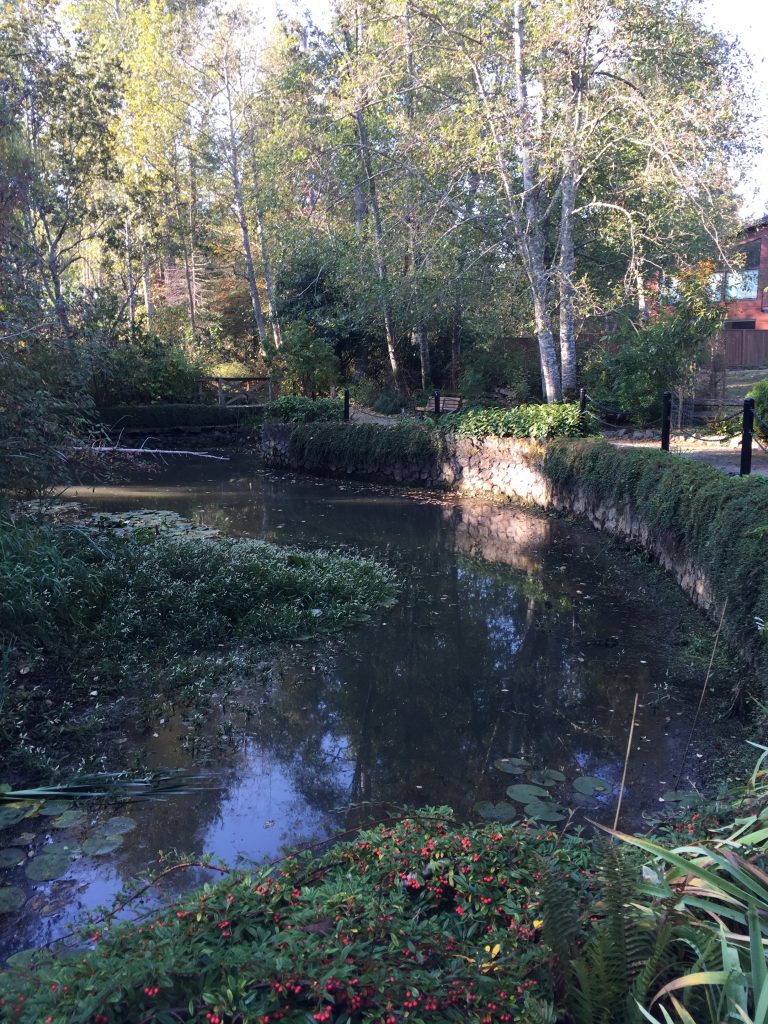
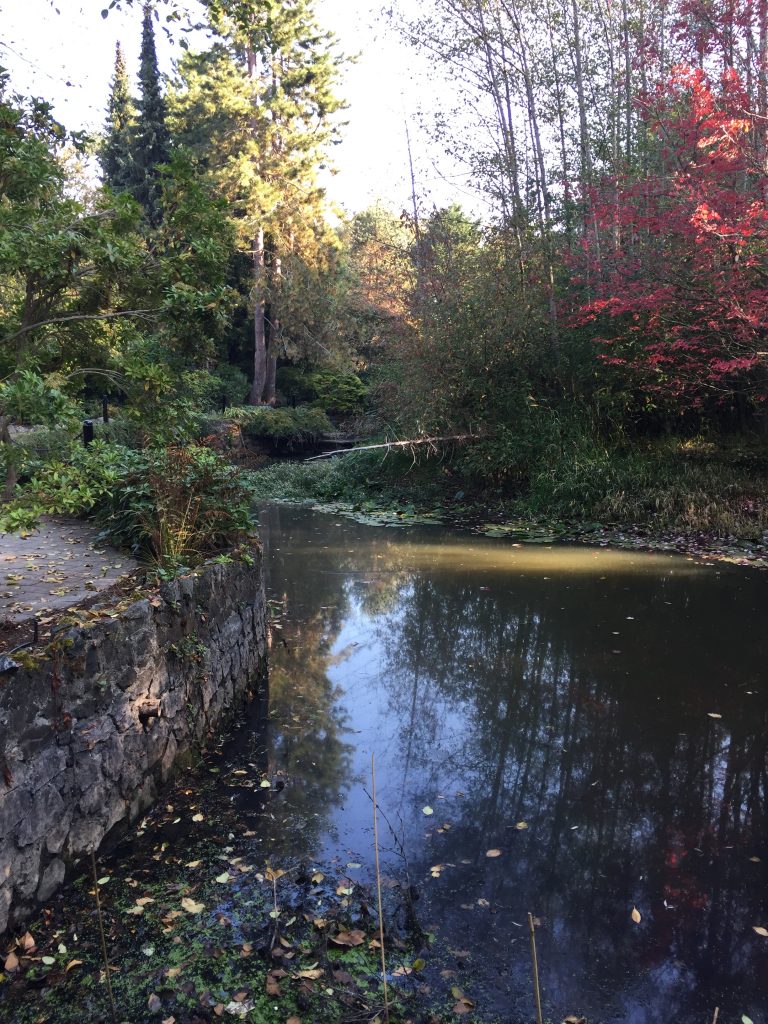
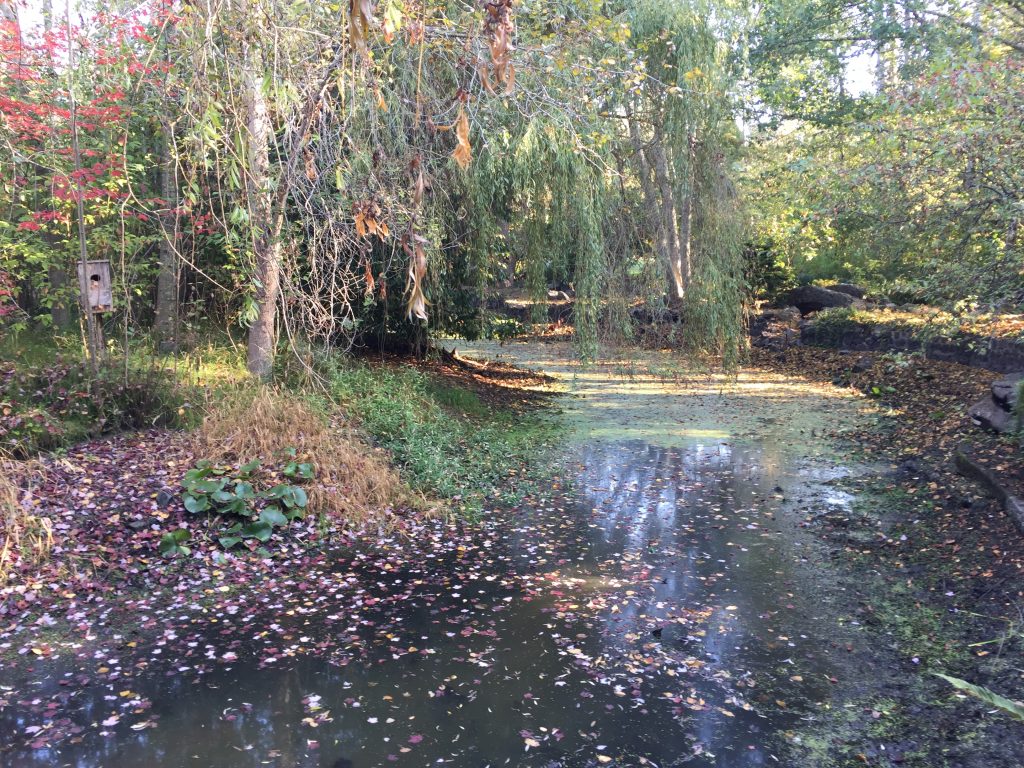
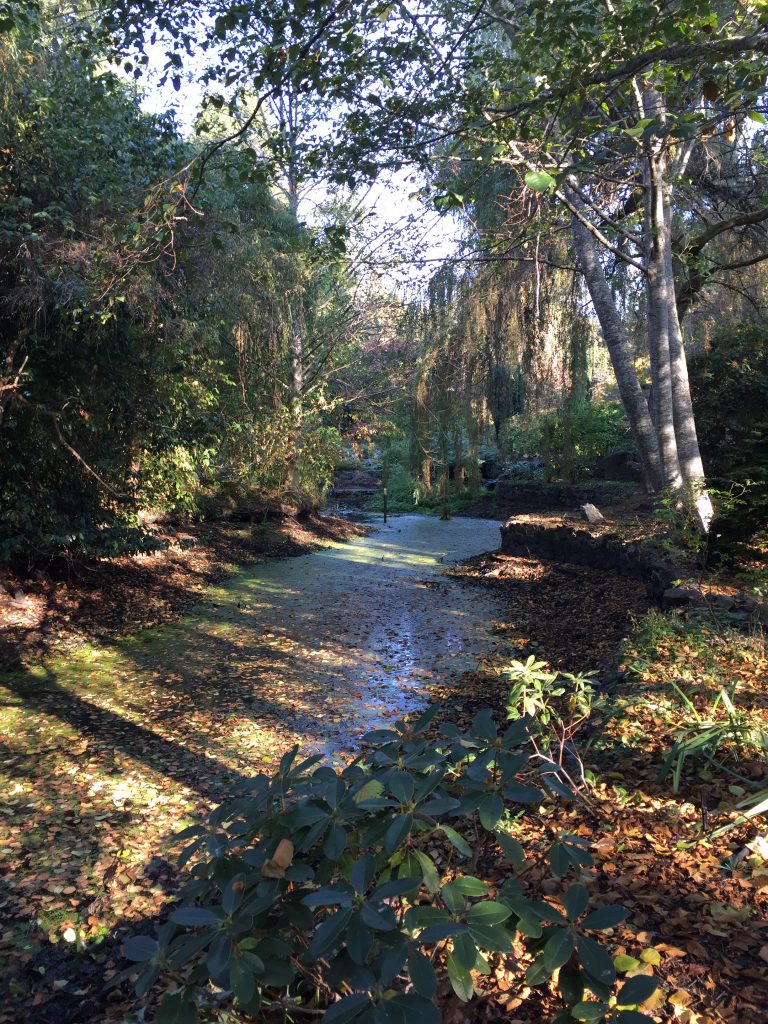
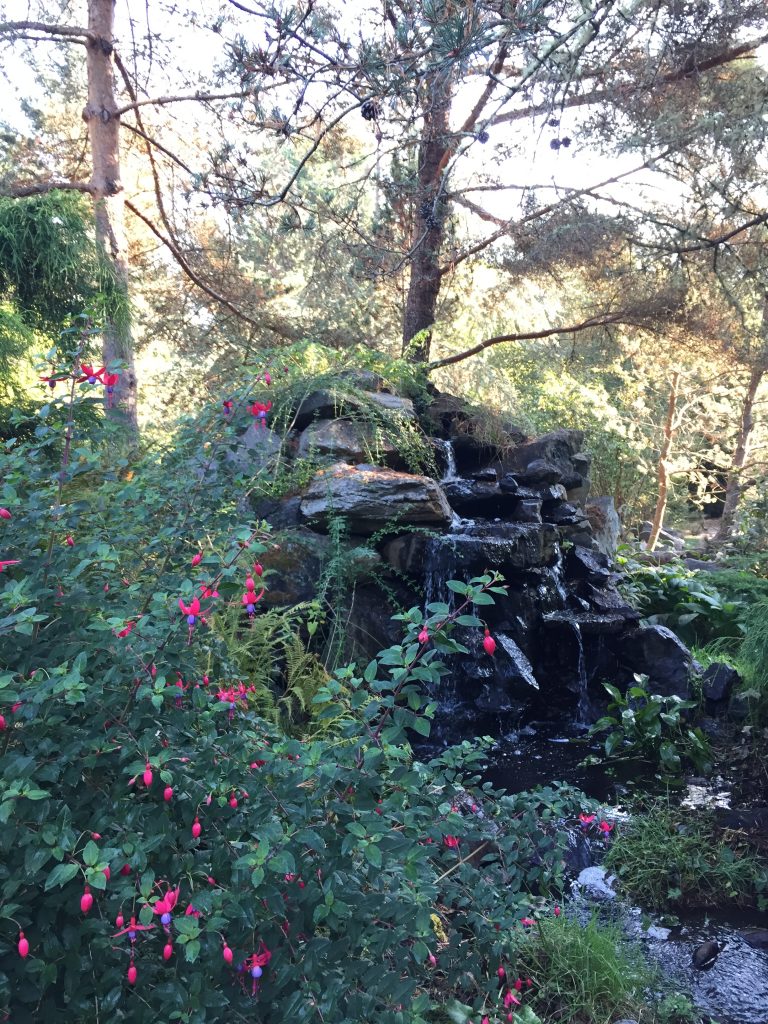
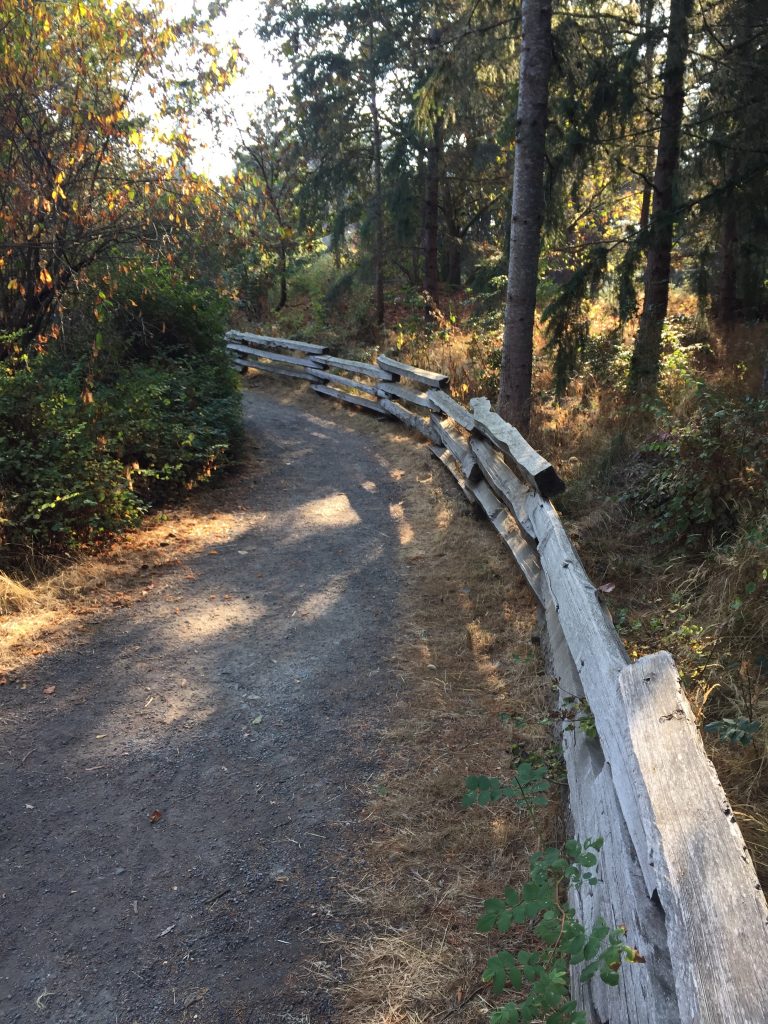
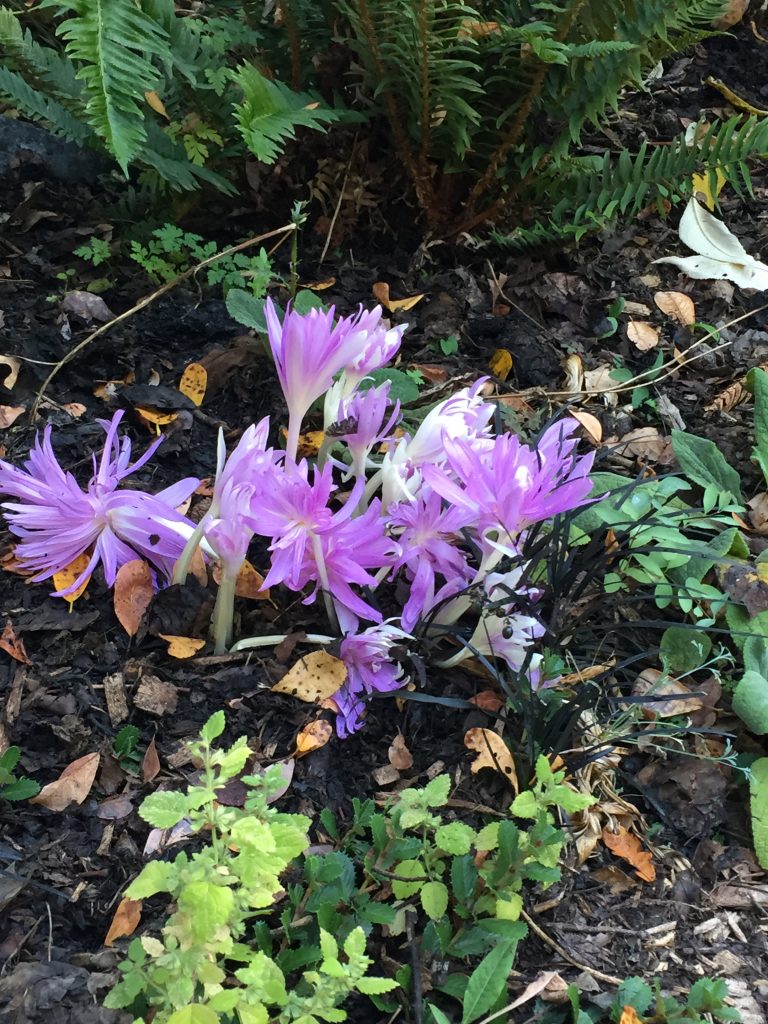
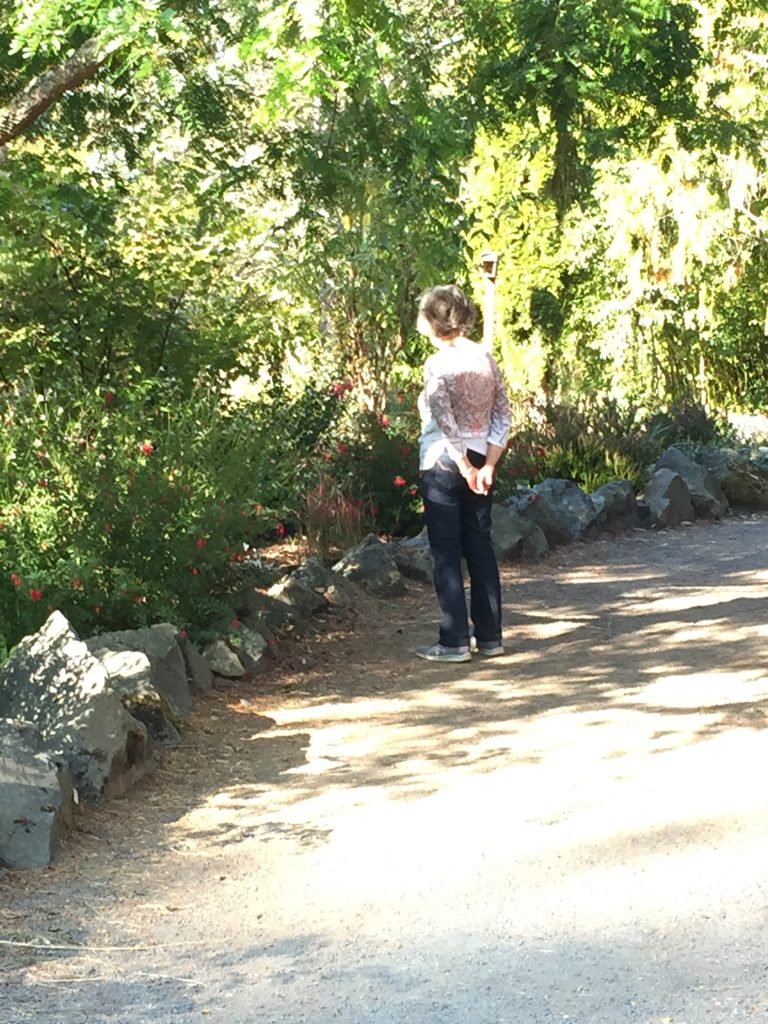
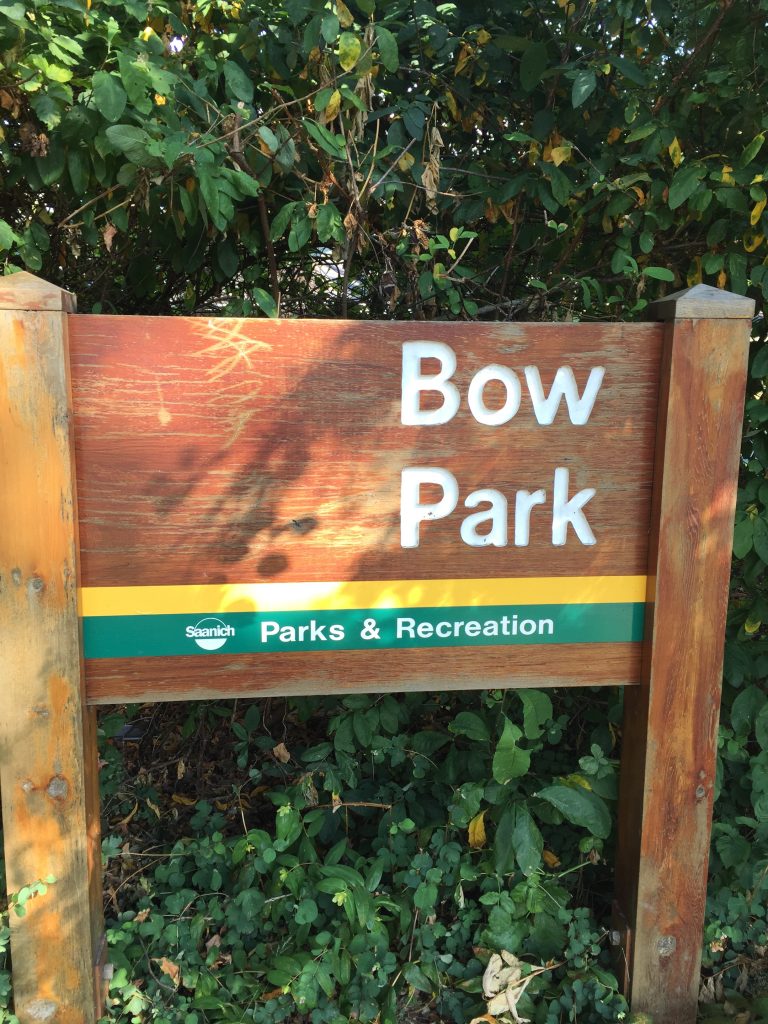
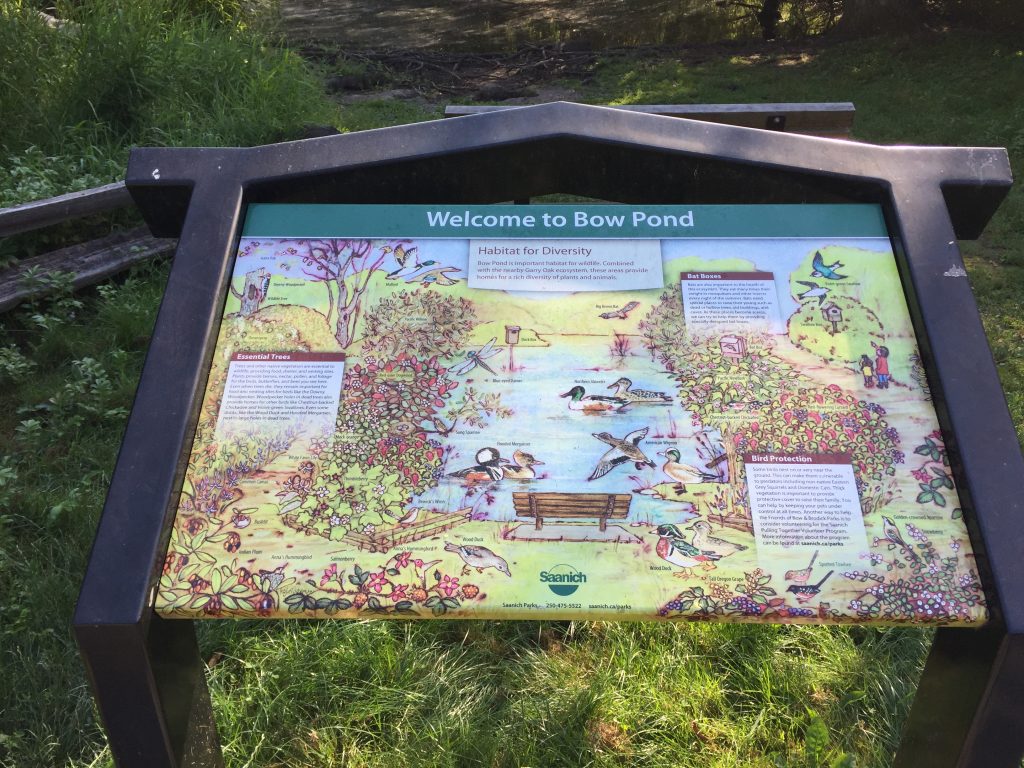
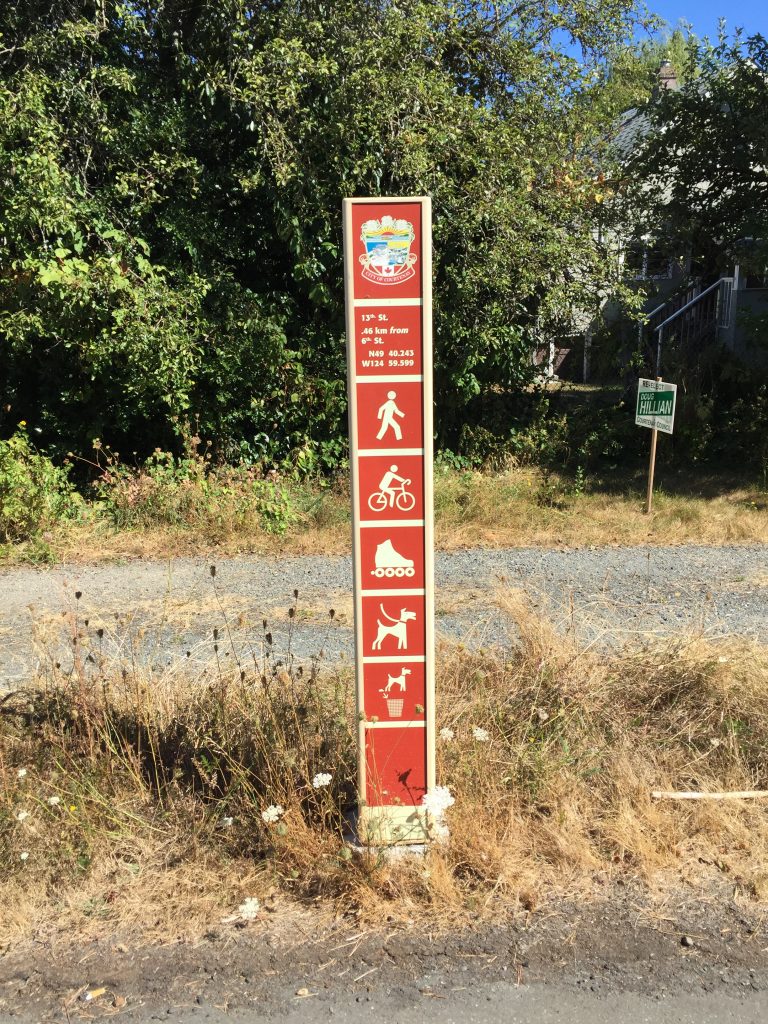
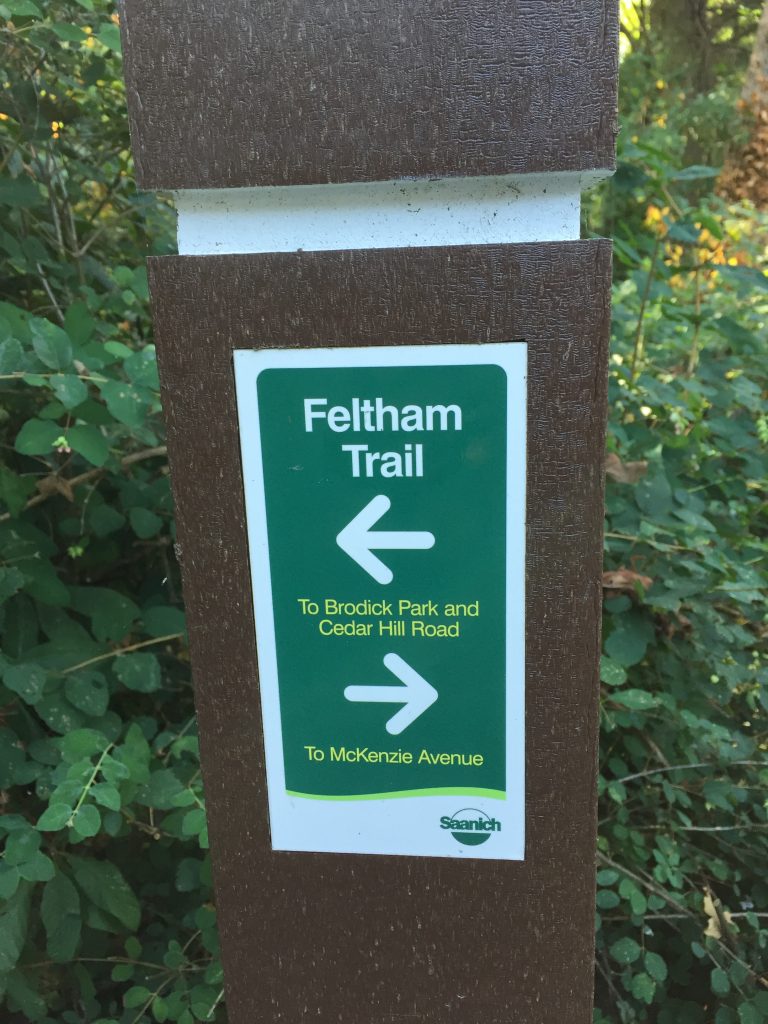
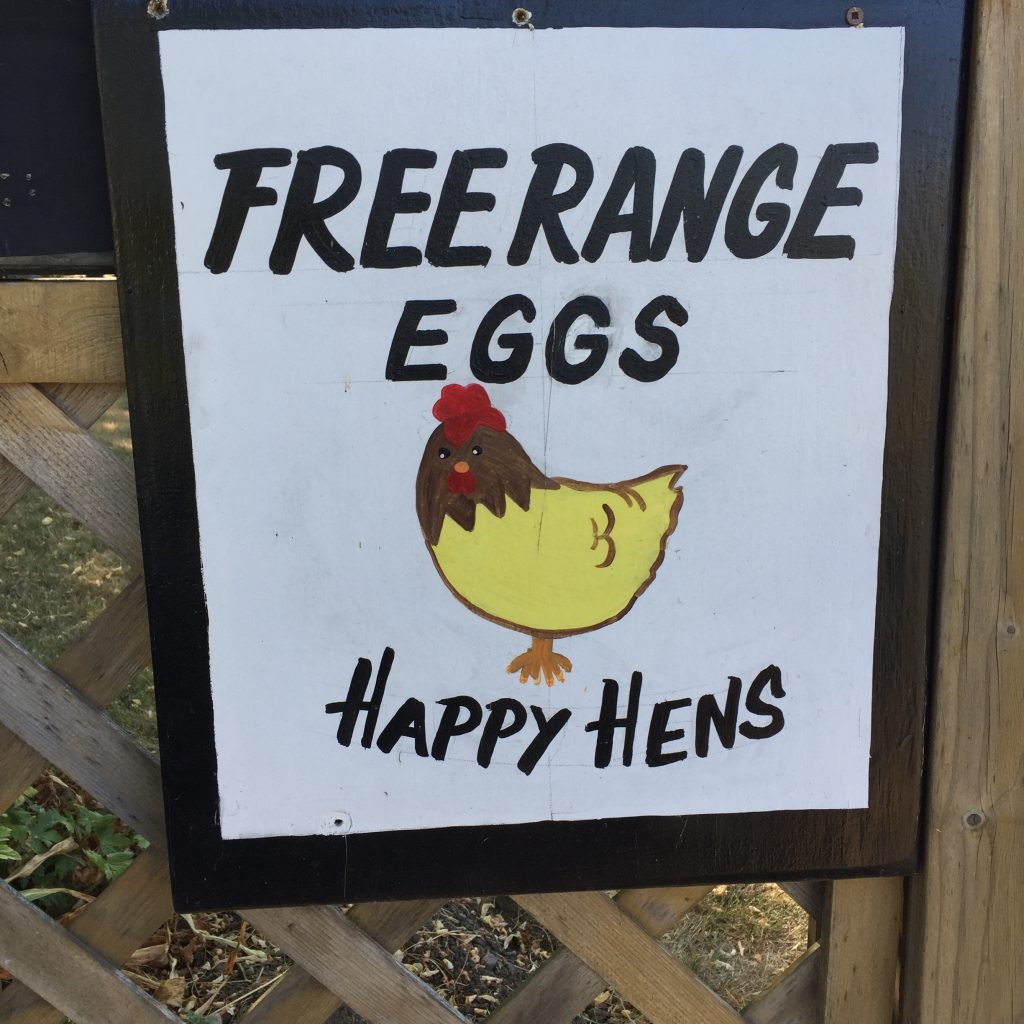
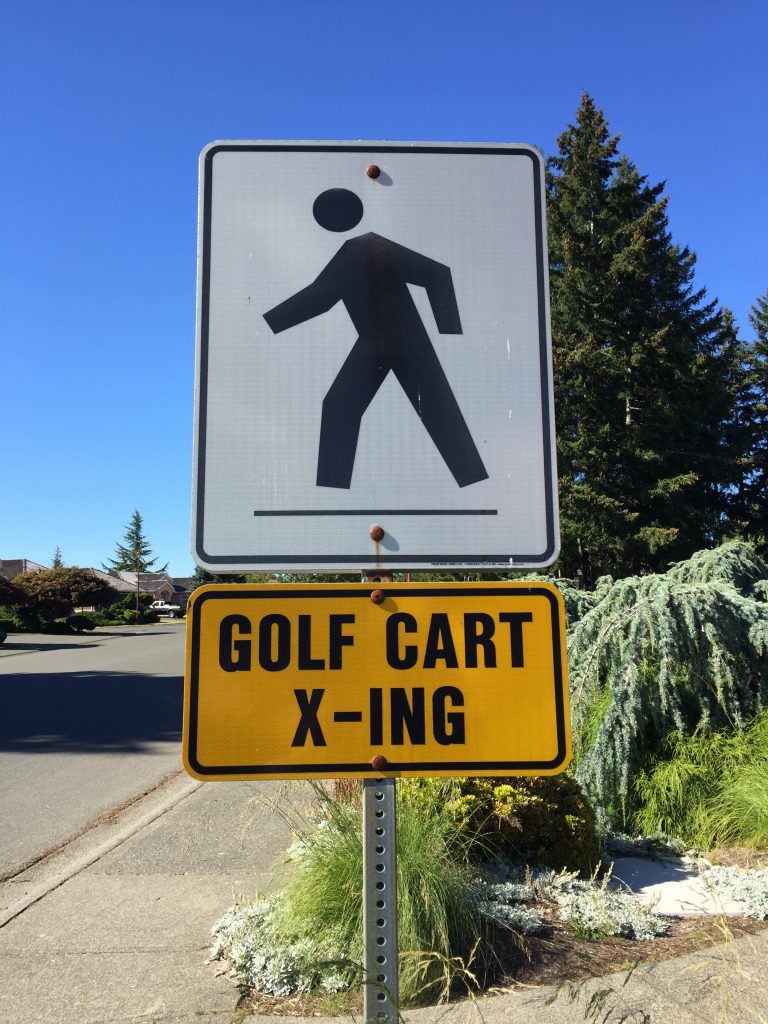
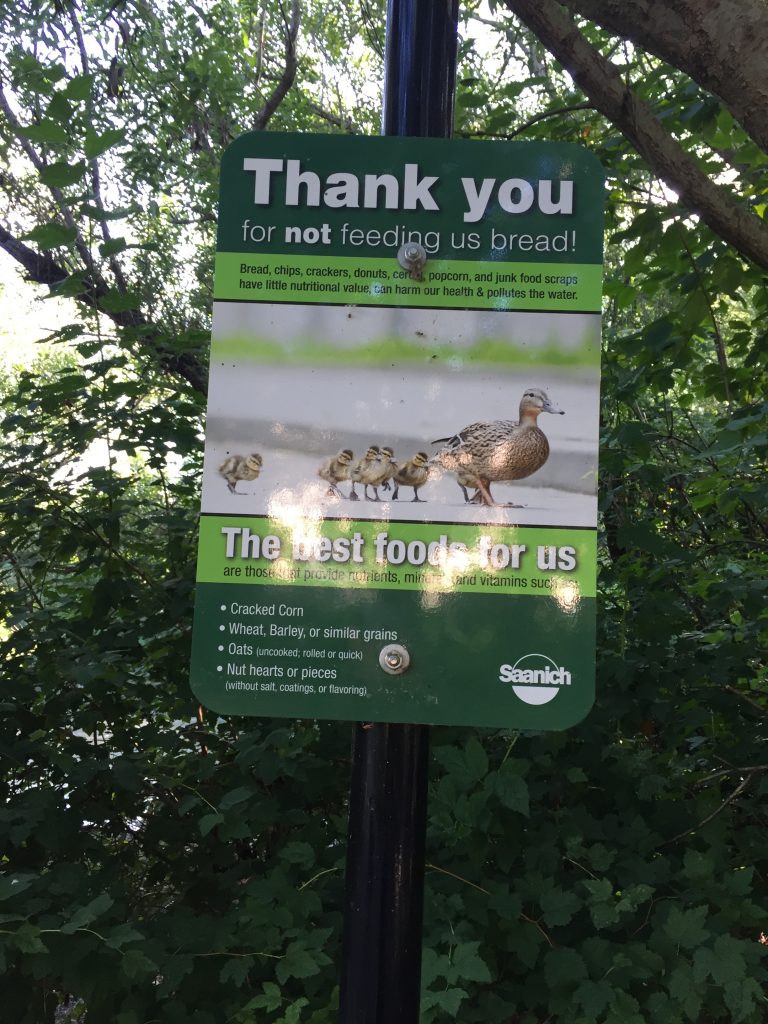

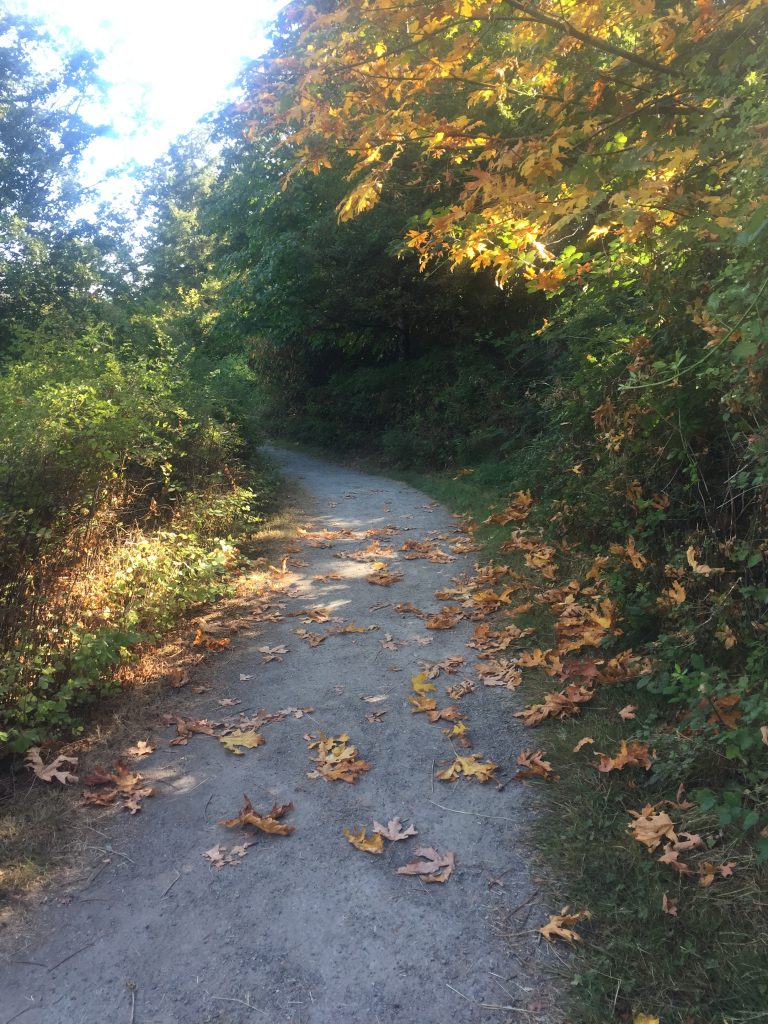

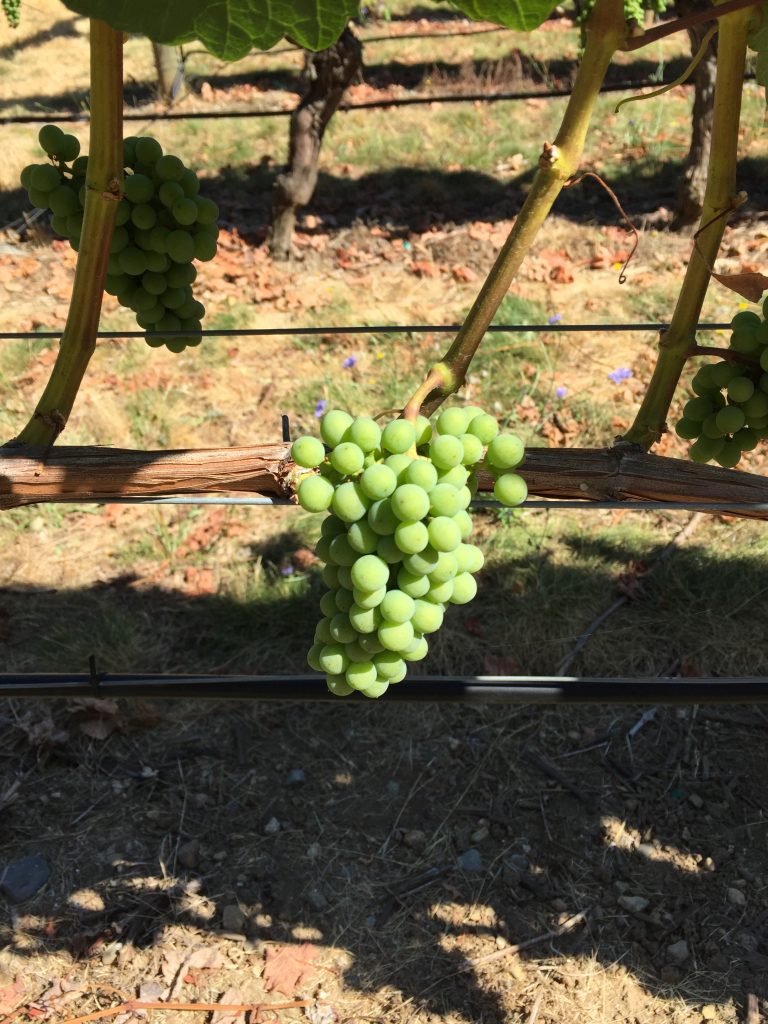
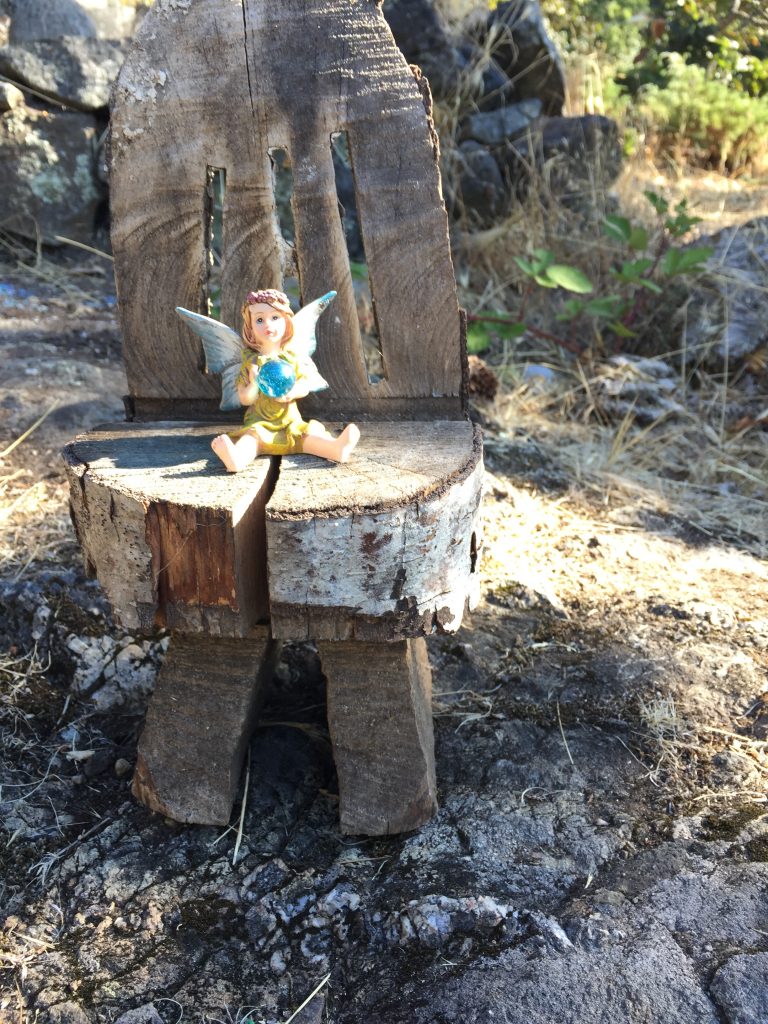
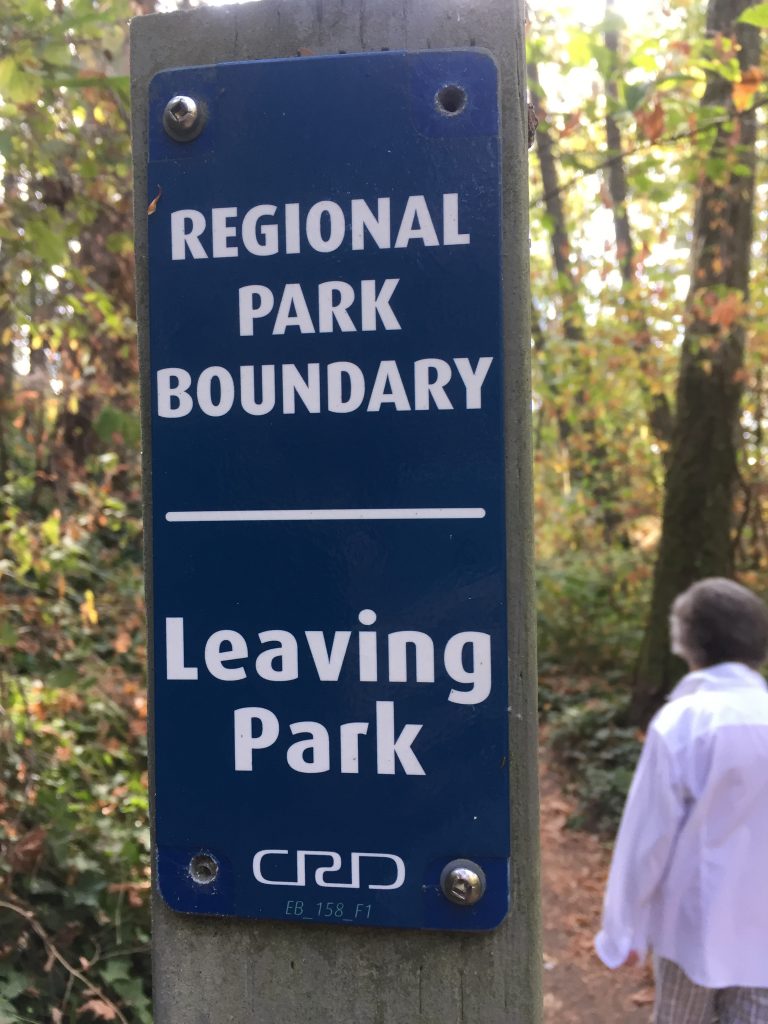
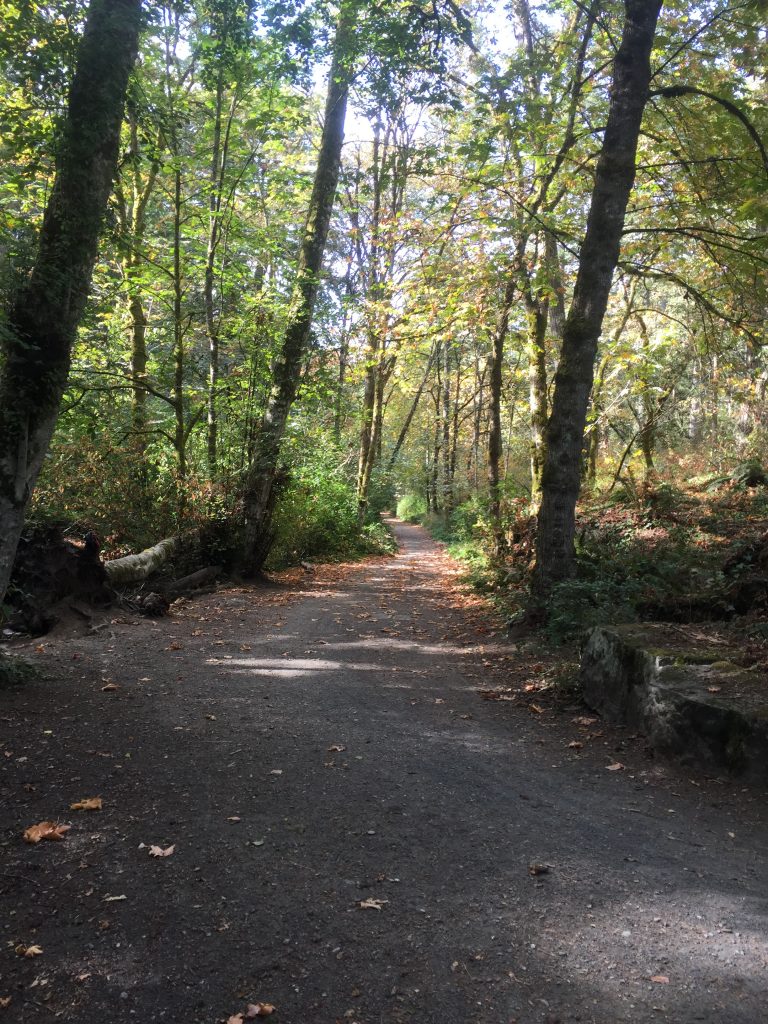
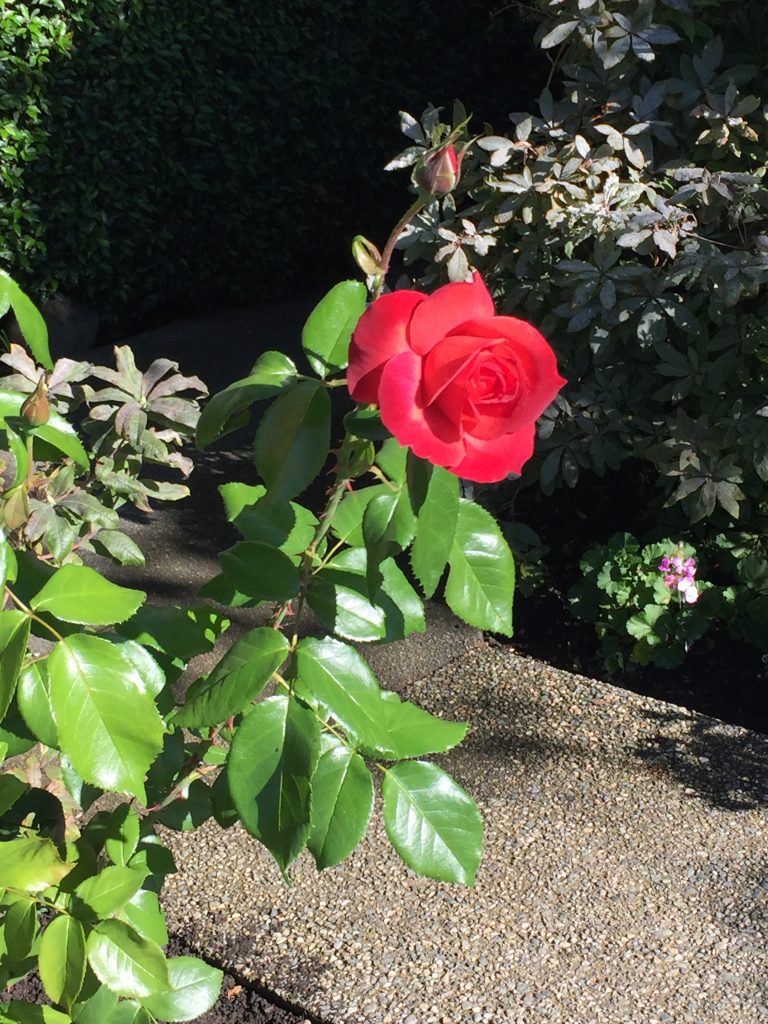
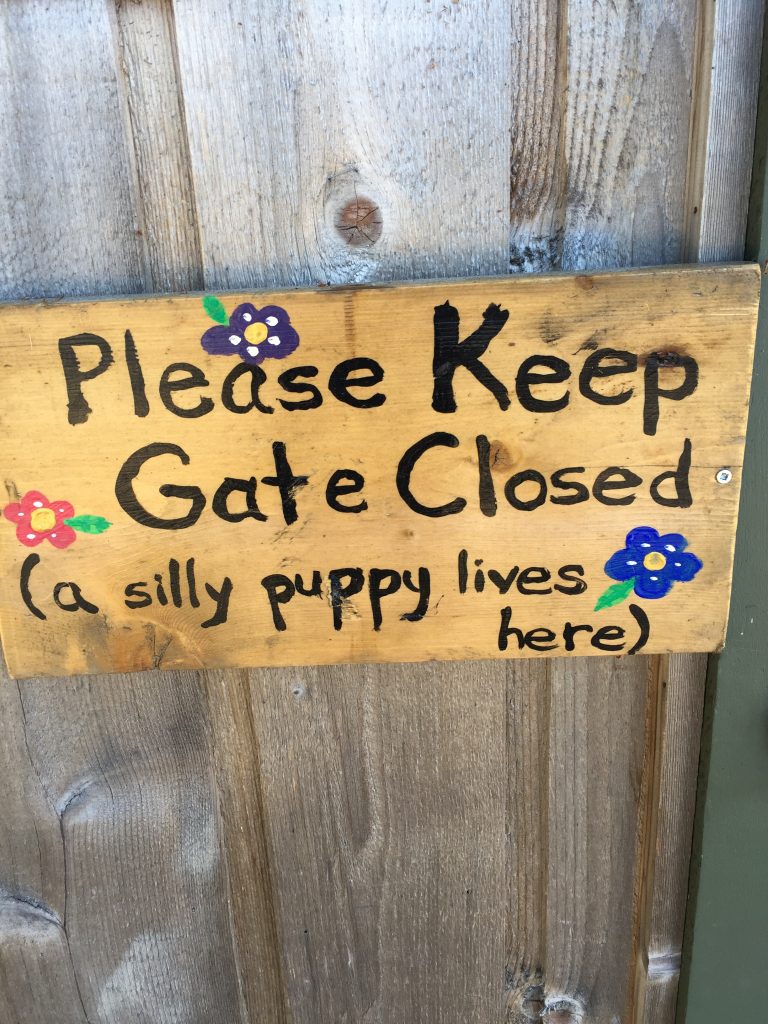
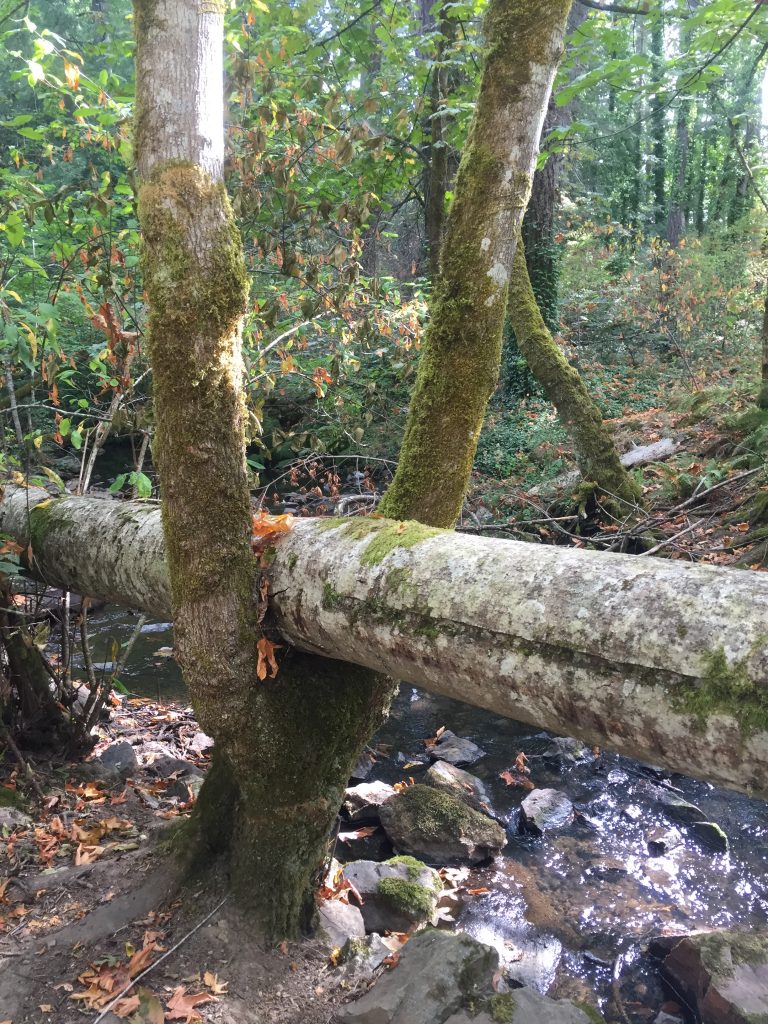
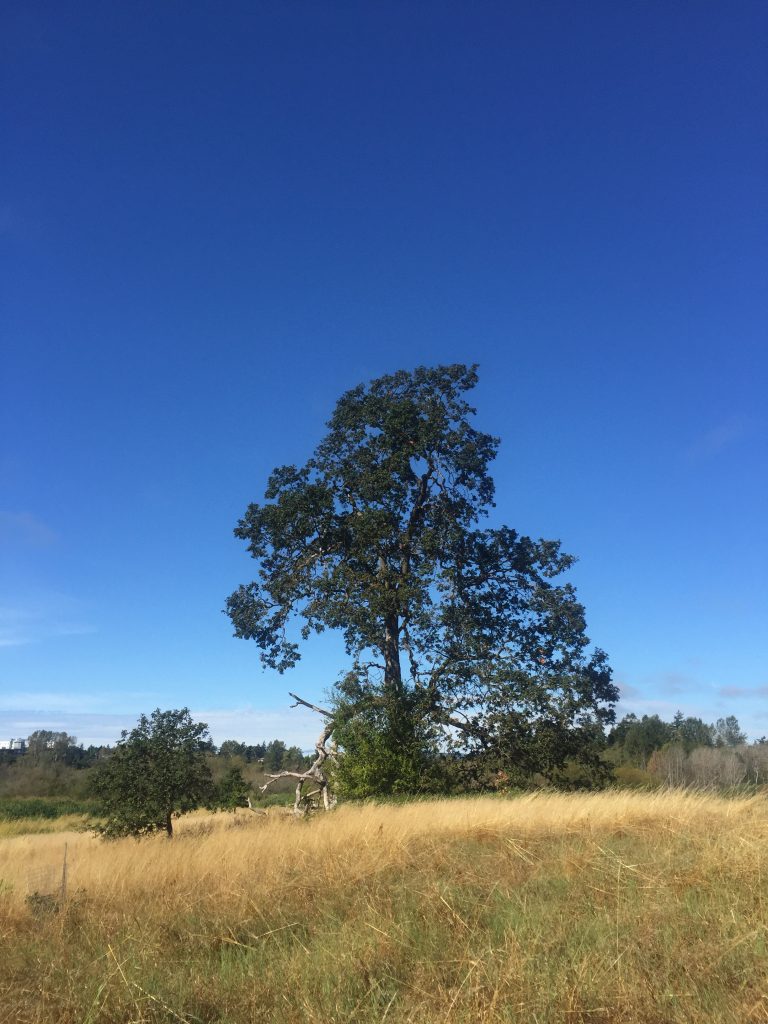
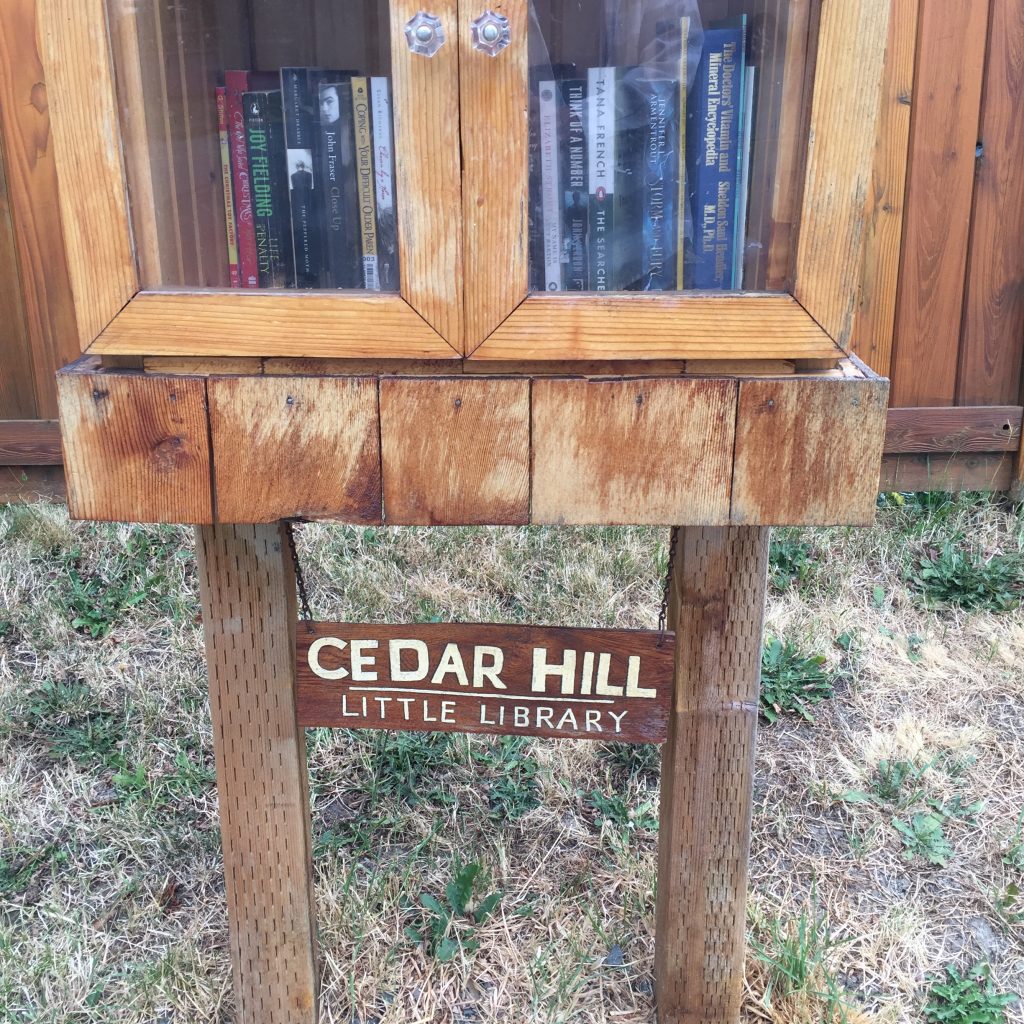
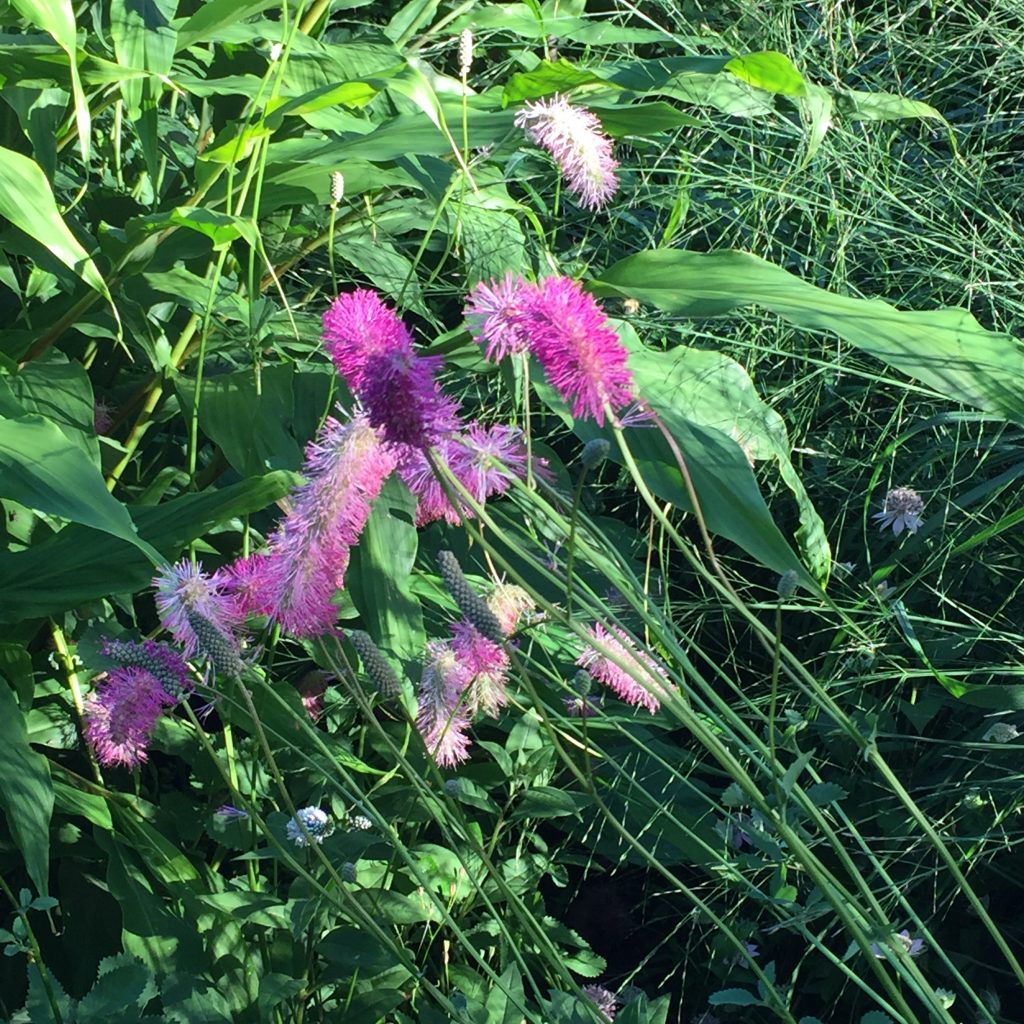

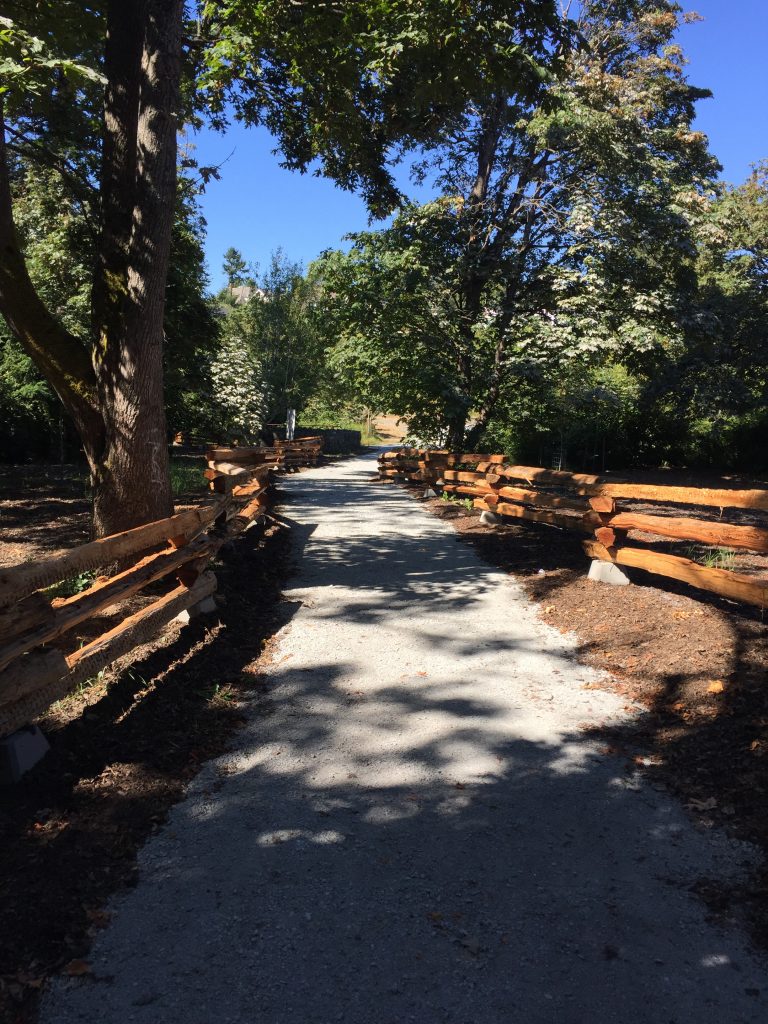
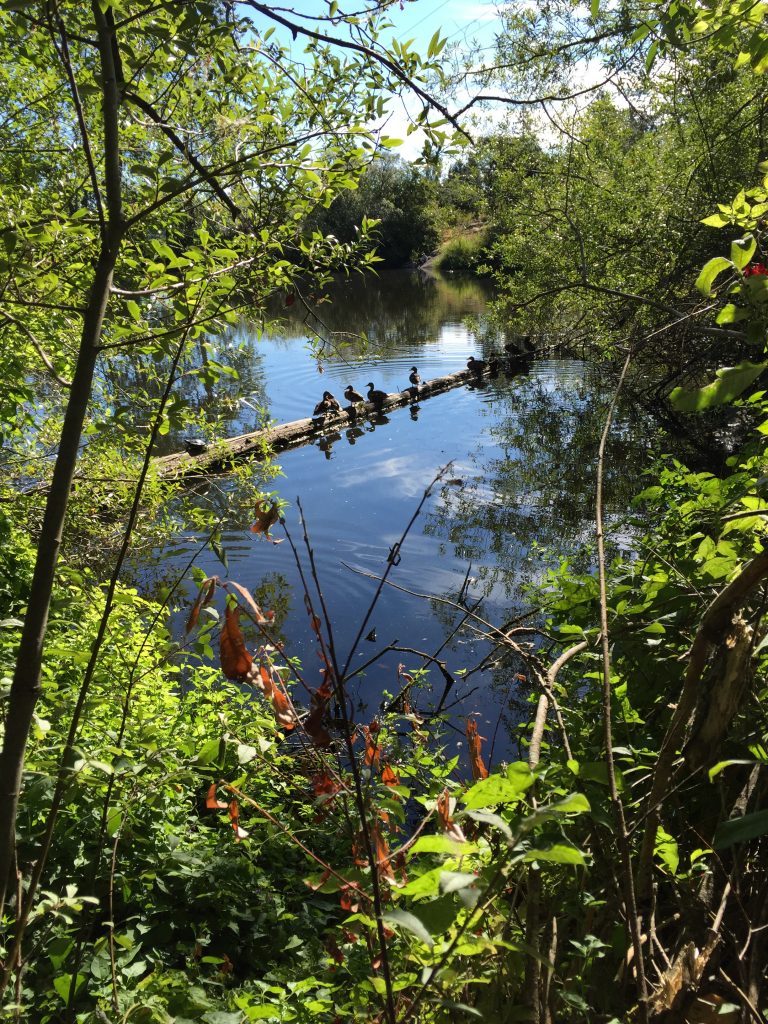


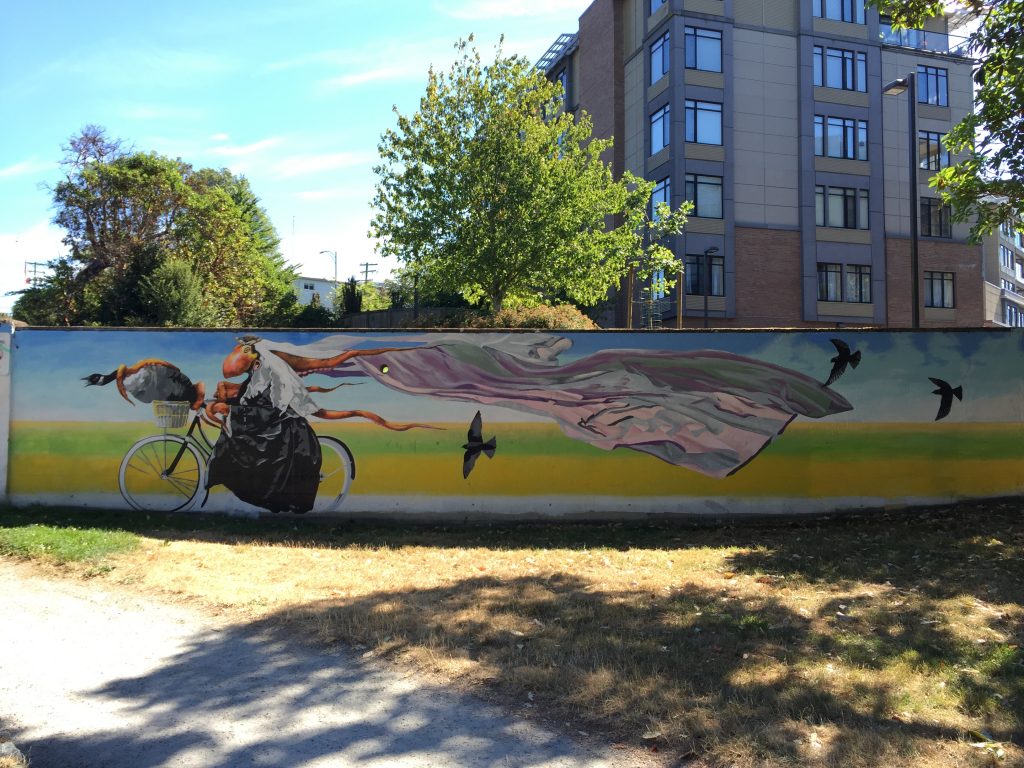

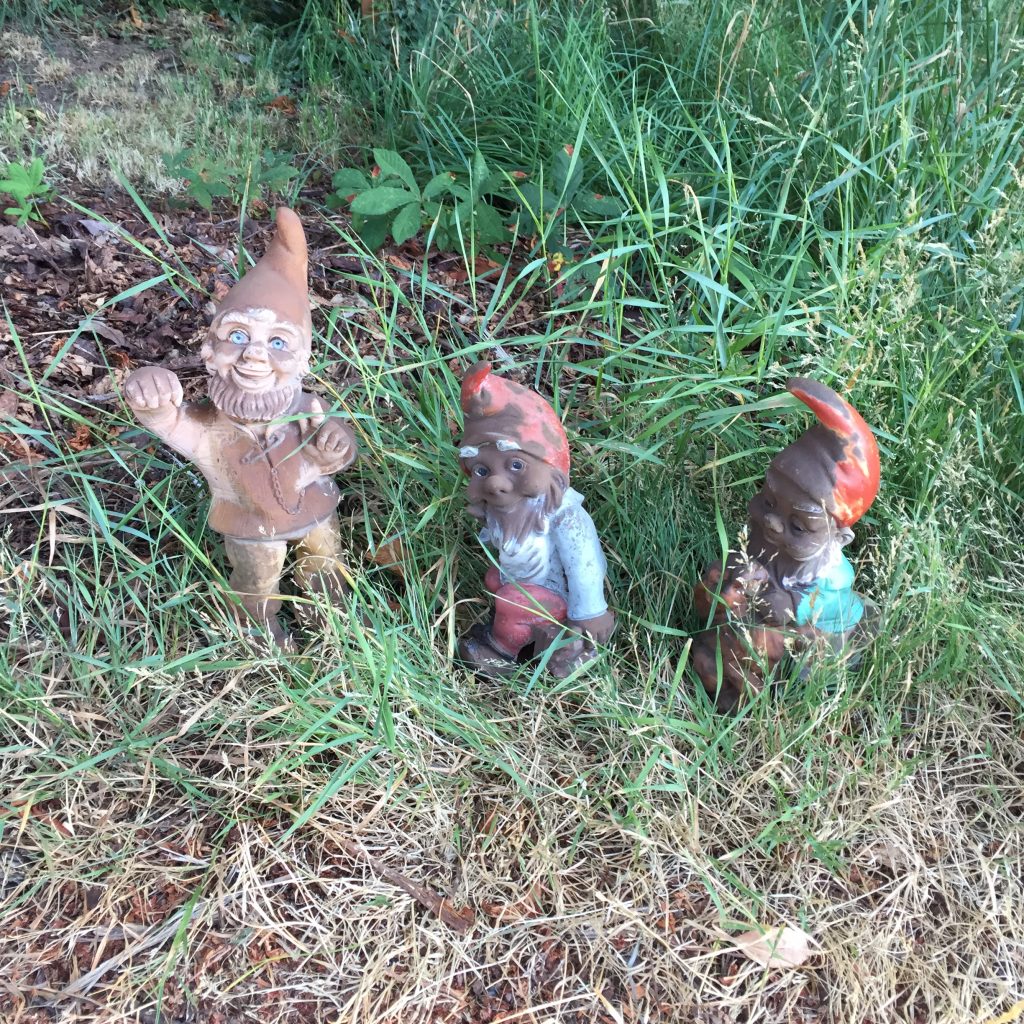
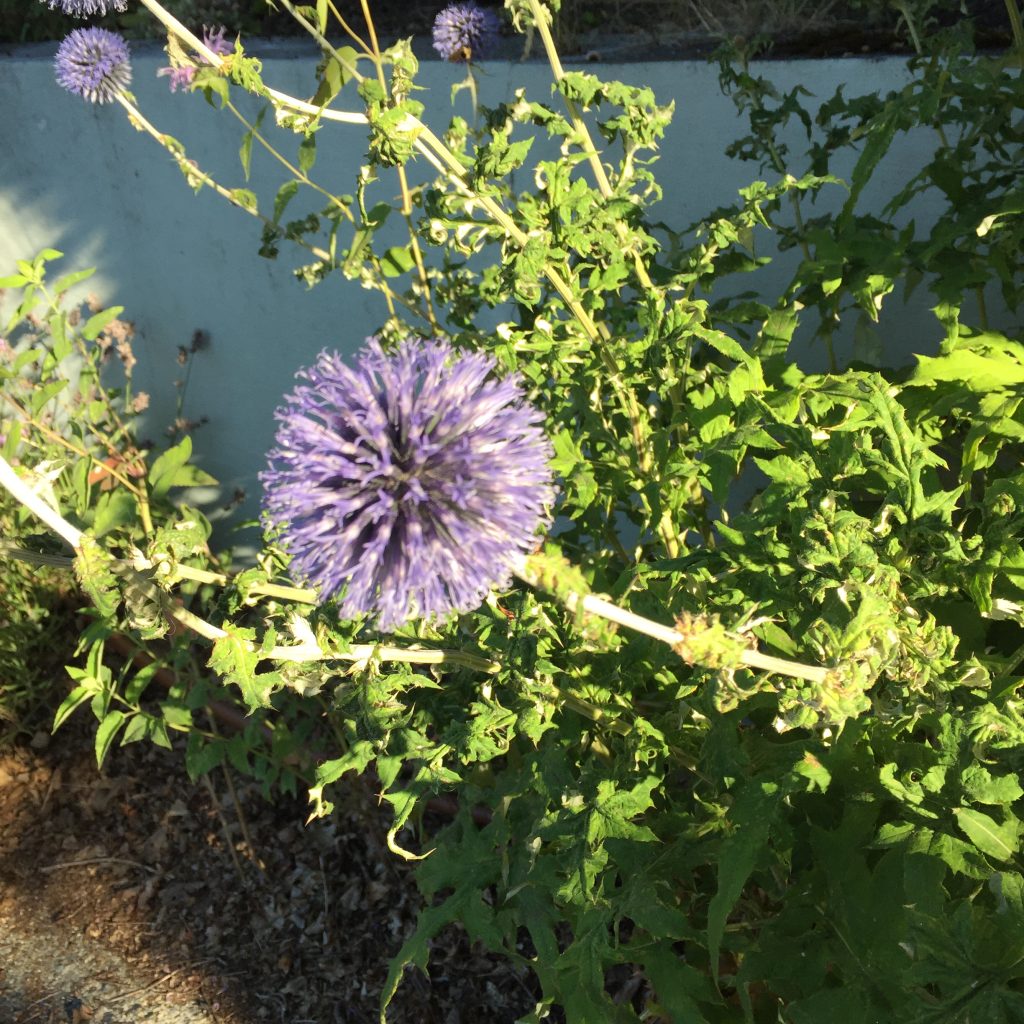
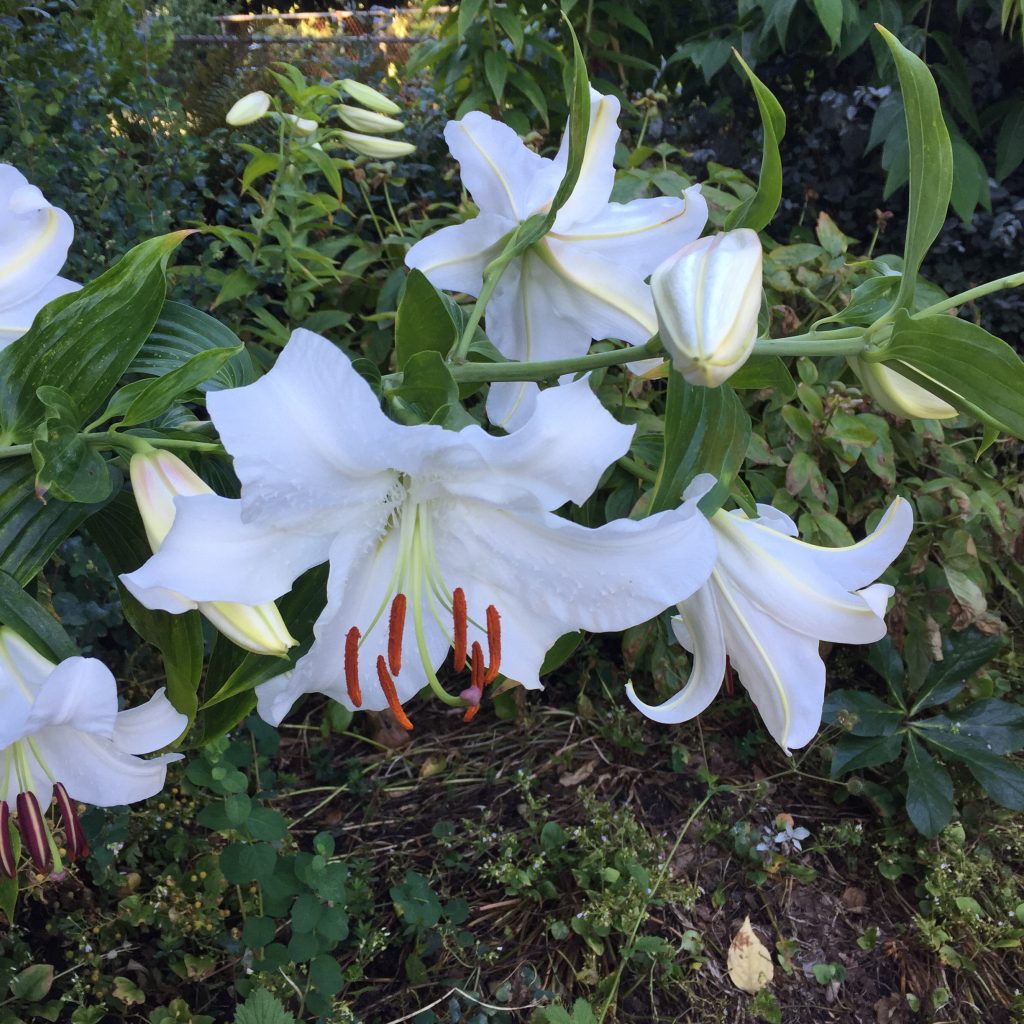
There used to be a lot of ducks at Swan Lake Nature Preserve.
Not any more, and I’m wondering where they’ve gone. Mallards don’t generally migrate, so we can’t use that excuse.
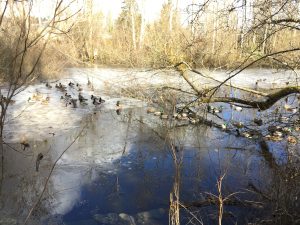
Swan Lake
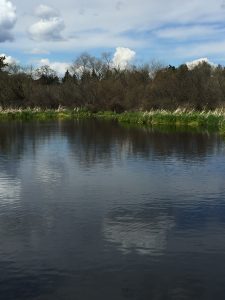
We don’t see them any more at Rithet’s Bog.
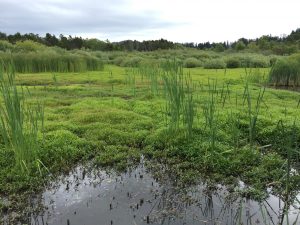
Nor at Outerbridge Park. It used to be full of them.
They seem to have deserted Blenkinsop Lake too.
We don’t see them at Beckwith Park’s little (Turtle Pond). There used to be a lot of them there.
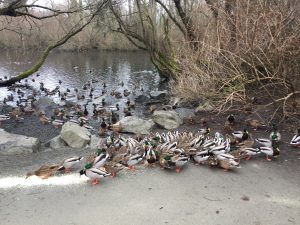
Not anymore
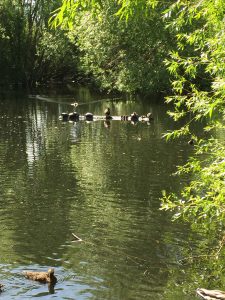
There used to be many at Bow Park …not now!.
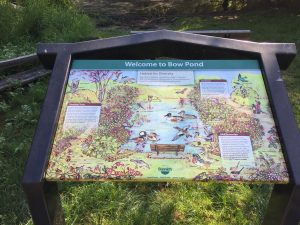
But in reduced numbers – at King George Pond (at the top end of Cedar Hill Golf Course).
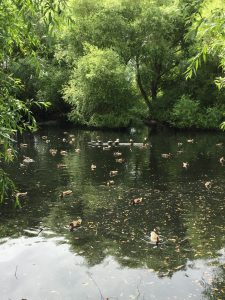
Have you seen them? Where are they?
Is this the turtles seeking revenge for the ducks taking over their logs?
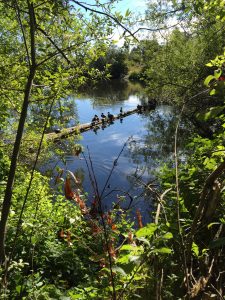
Next question I have is “Where do the deer go before they pass into Deer Heaven?”
